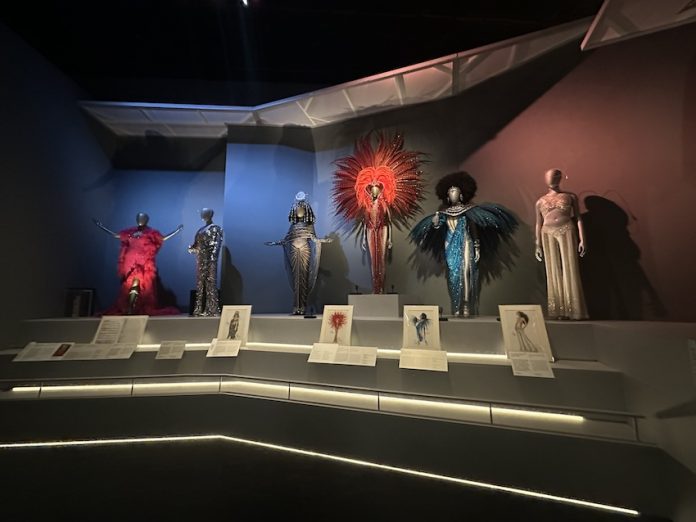An Immersive Cultural Experience in Budapest
Edited by Anna Popper

The House of Music Hungary, an internationally recognised and award-winning institution in Budapest’s City Park, celebrated for its architectural uniqueness, recently hosted a highly successful exhibition entitled The Divas & Icons from the world’s largest museum of applied arts and design, the Victoria and Albert Museum (V&A) in London. This exhibition showcases the extraordinary power and creativity of world-famous divas and performing artists through their costumes and personal belongings, which are now on display in Budapest.
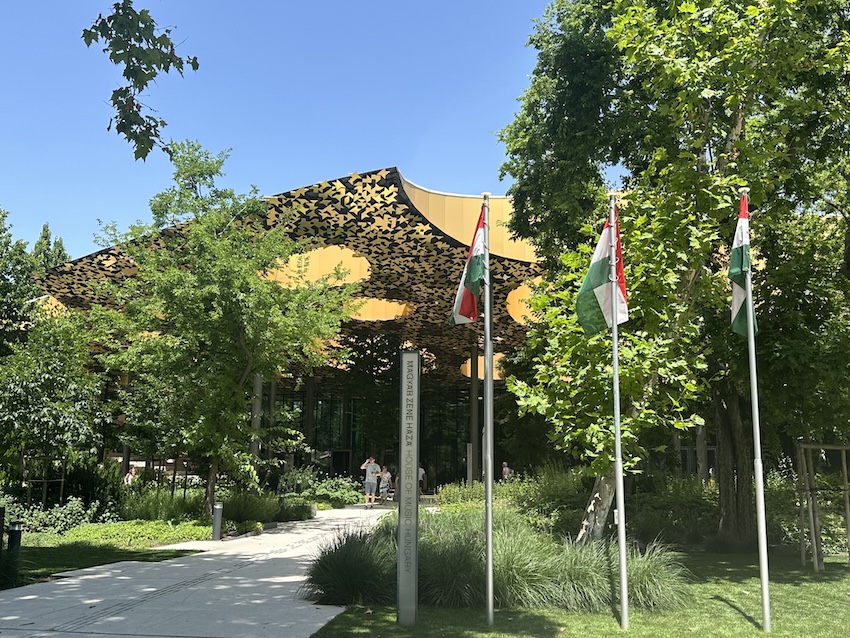
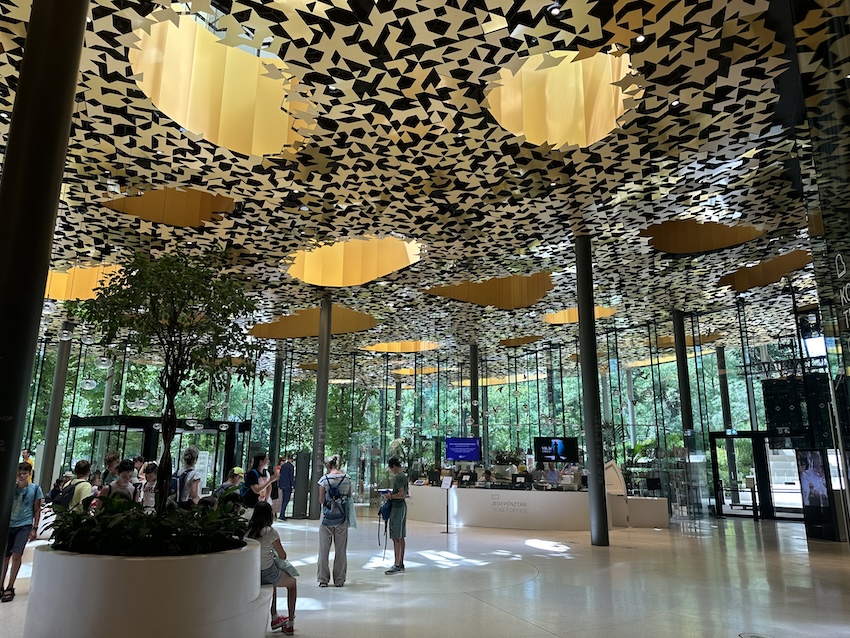
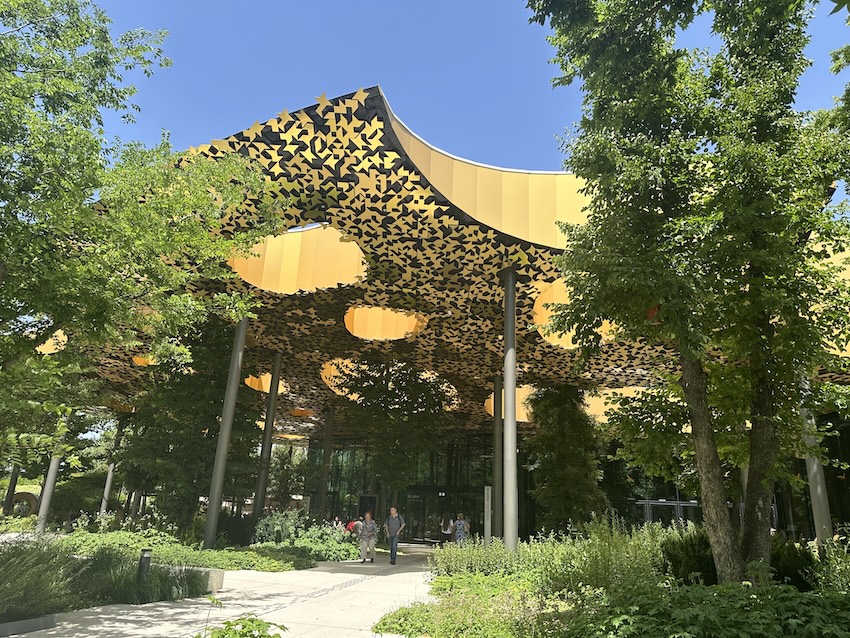
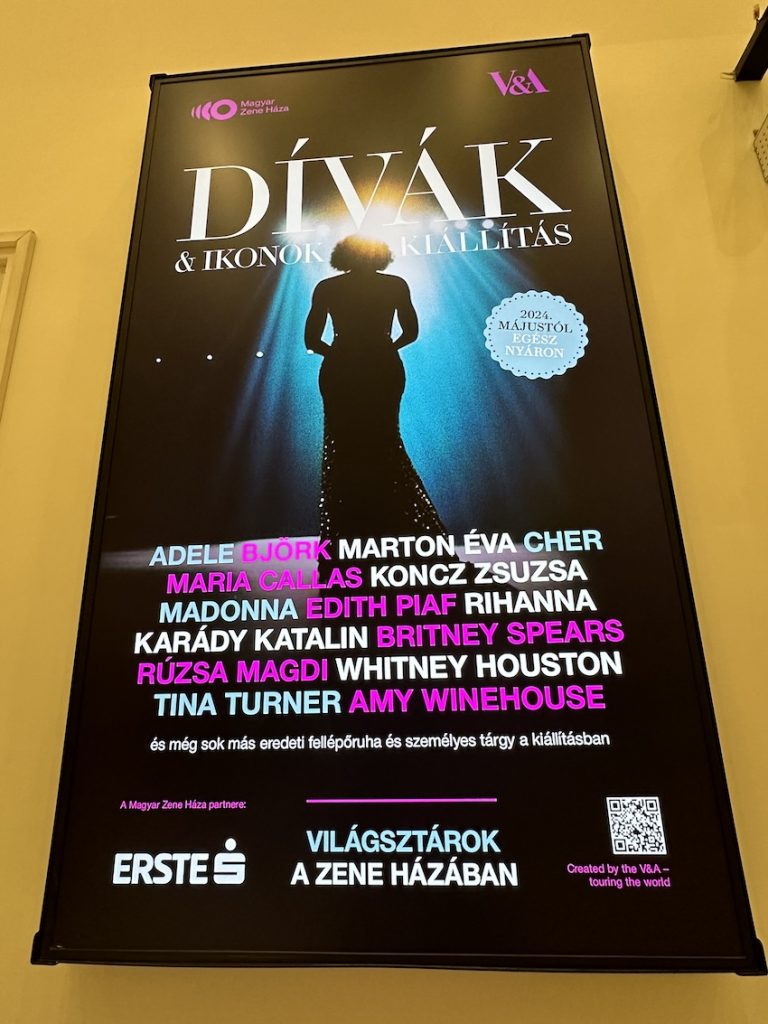
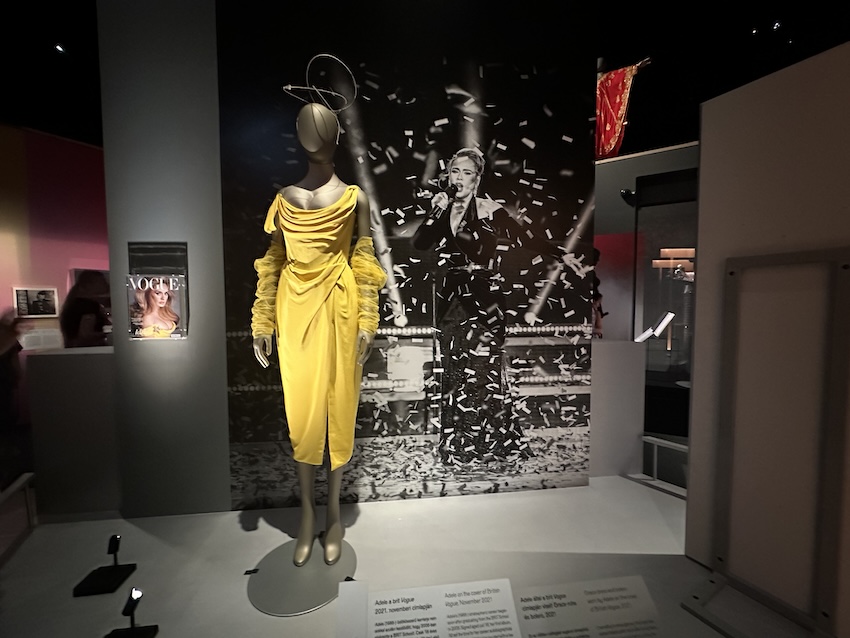
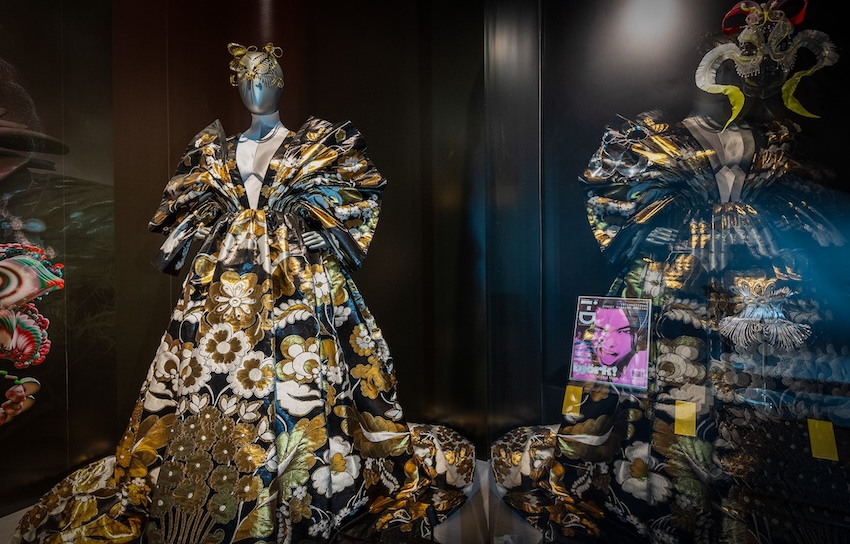
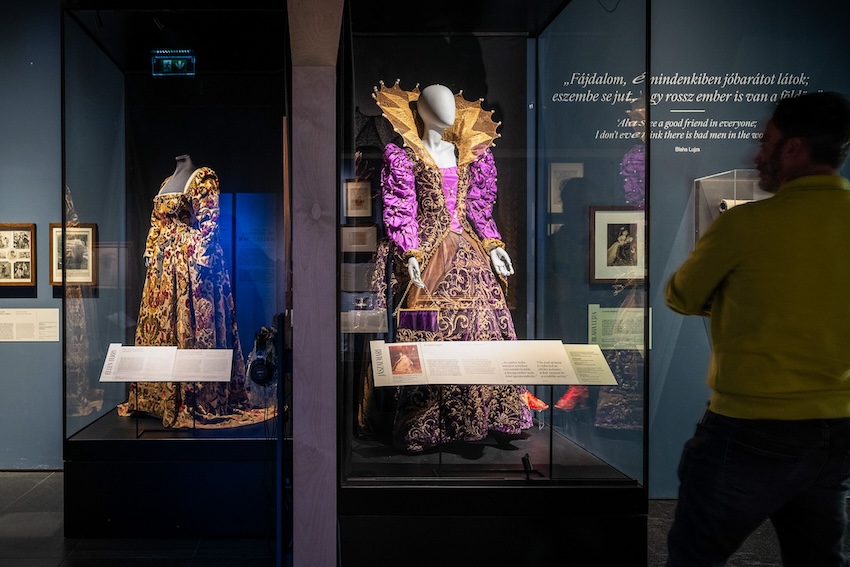
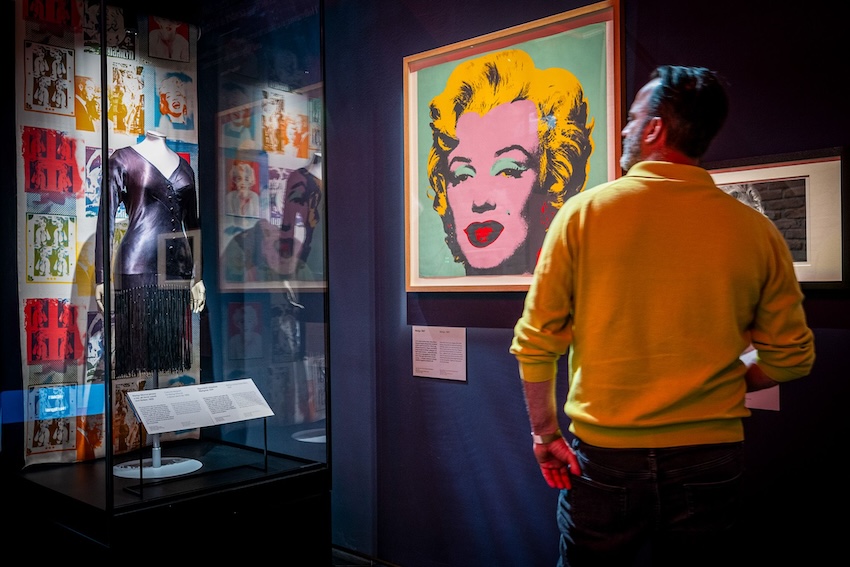
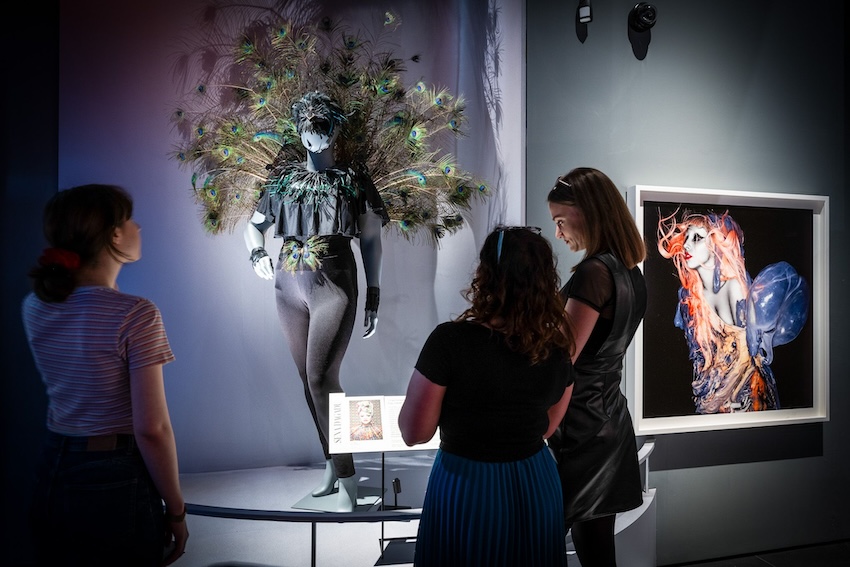
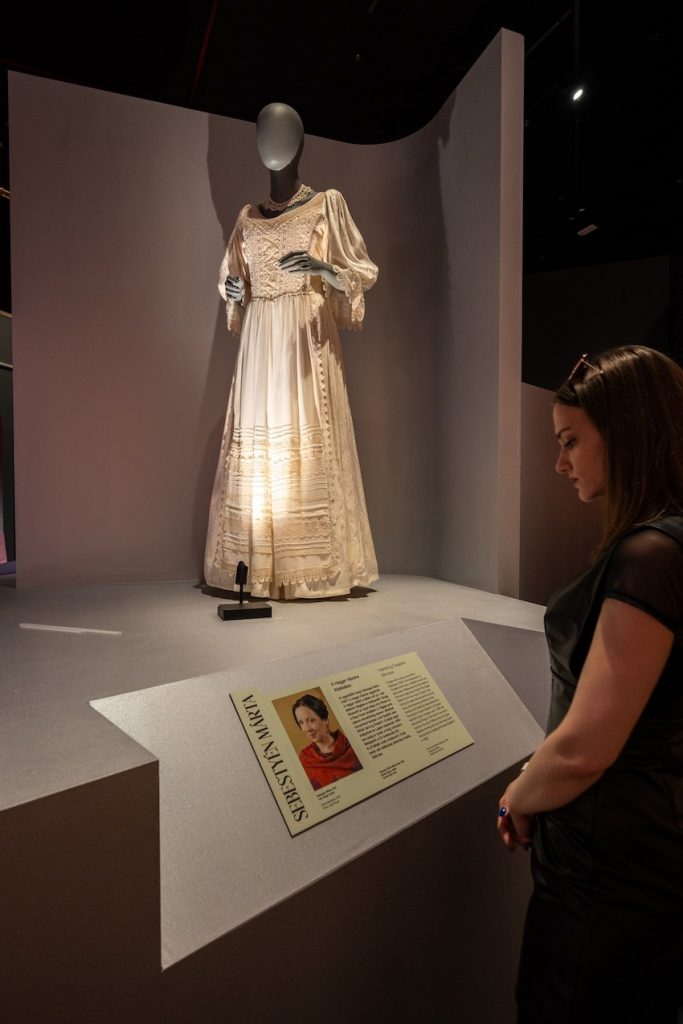
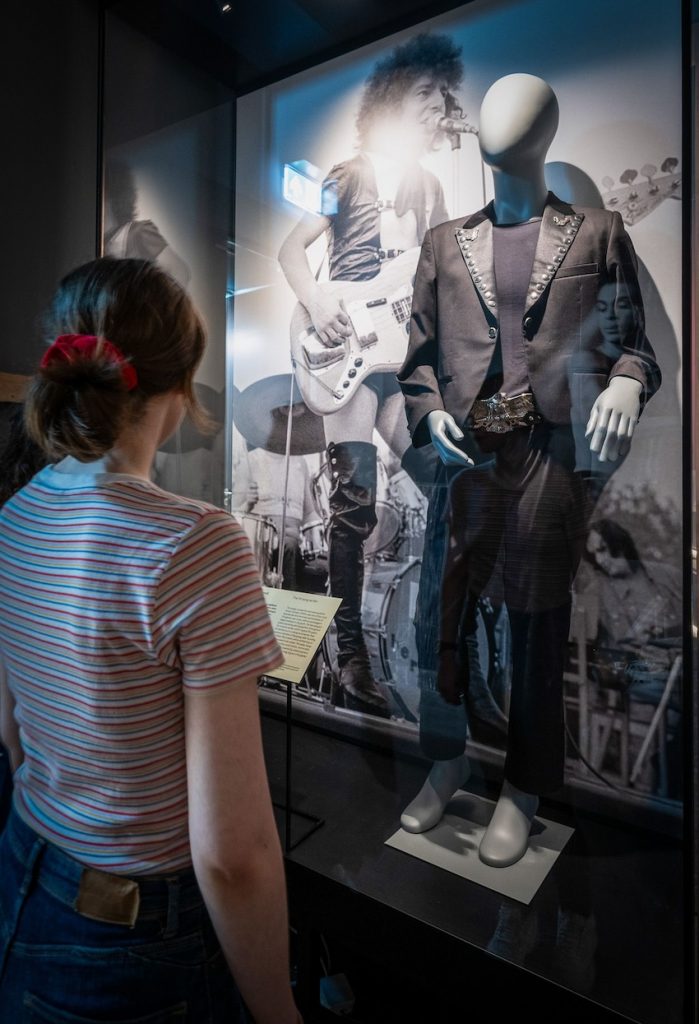
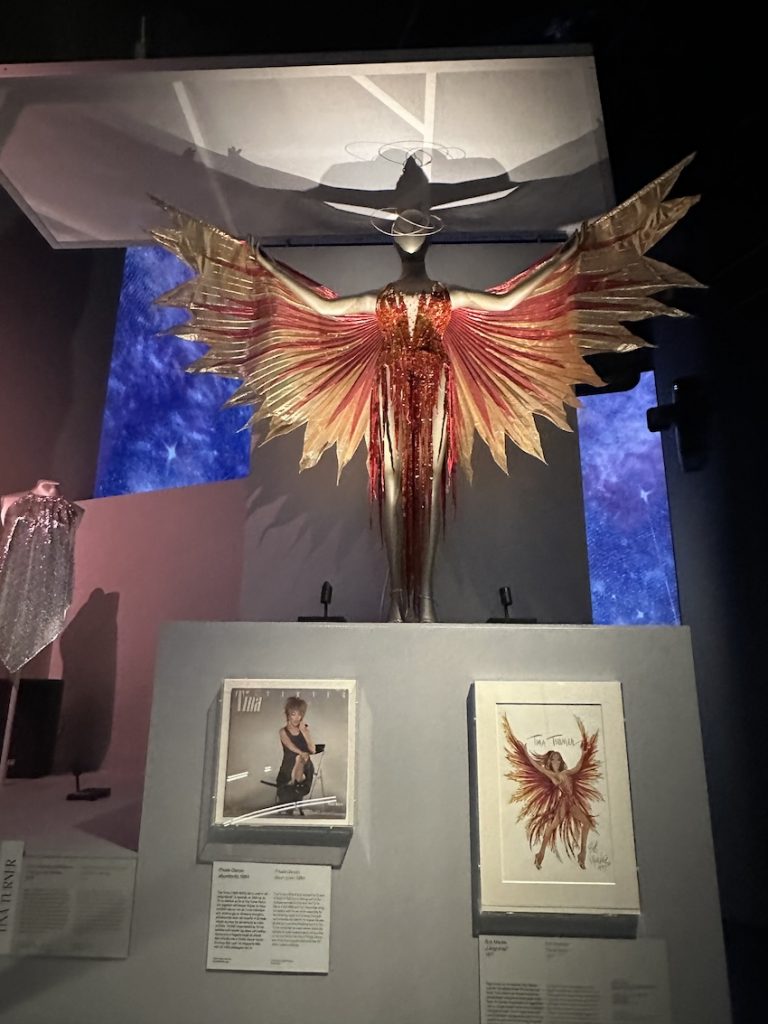
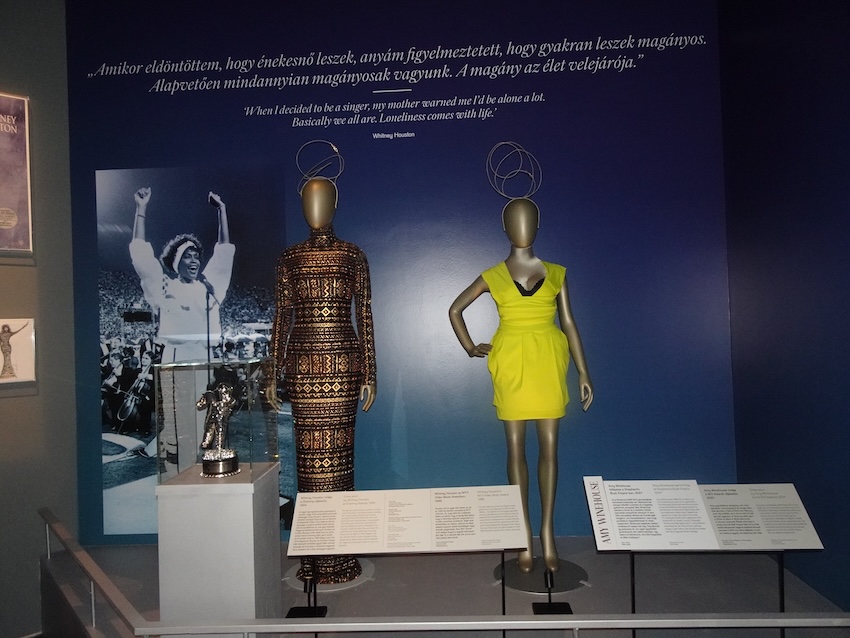
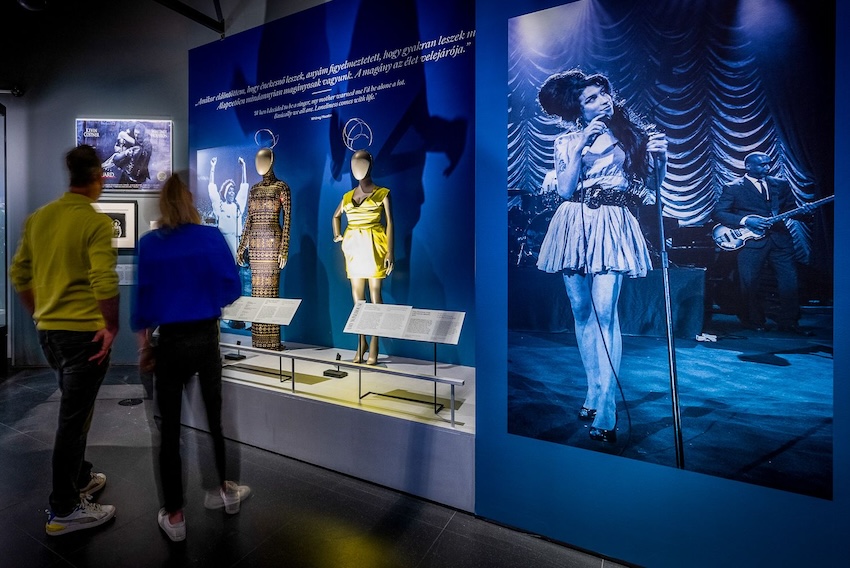
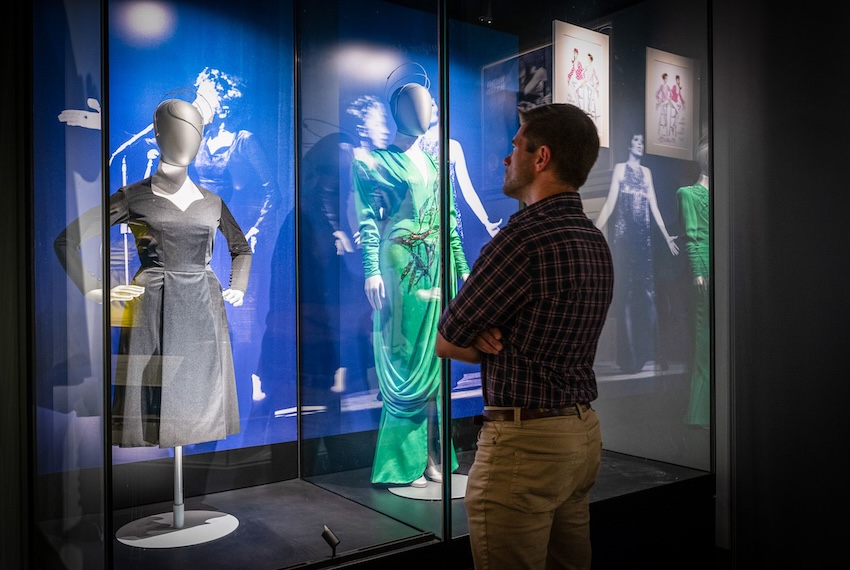
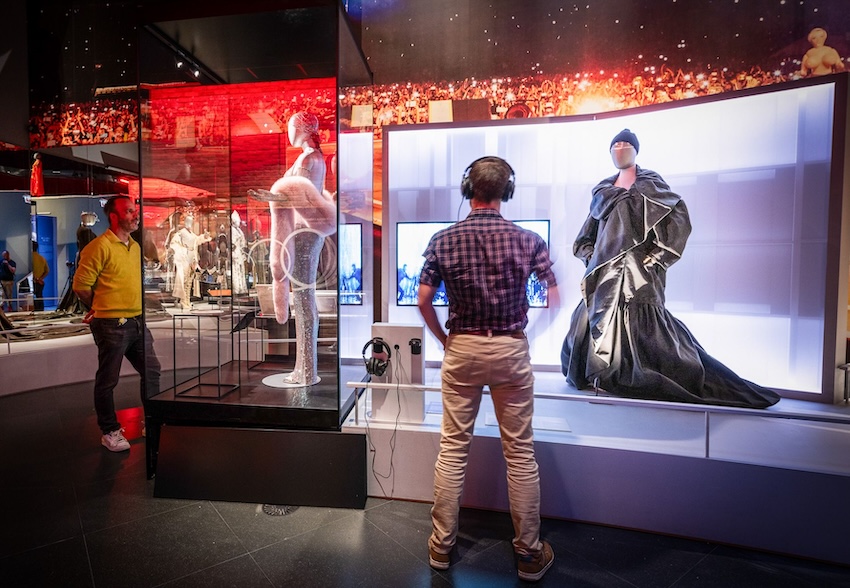
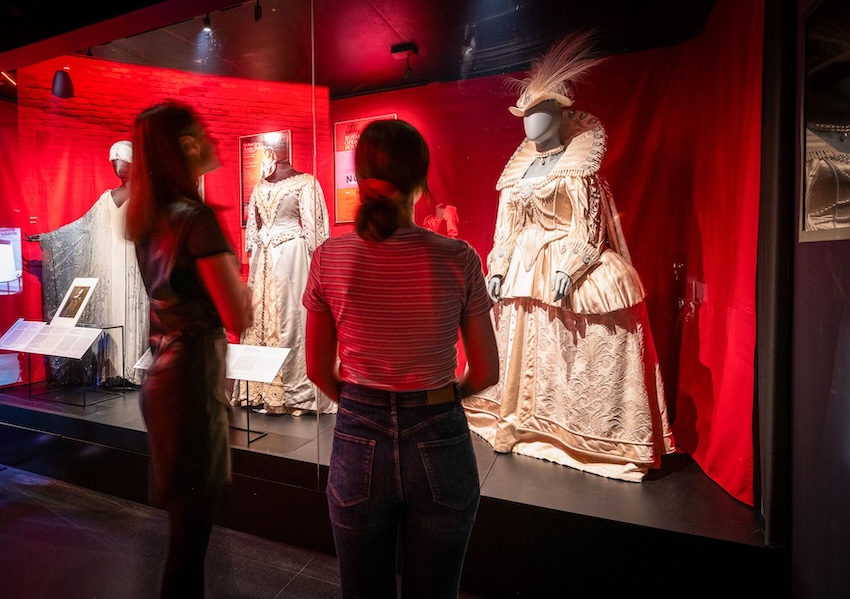
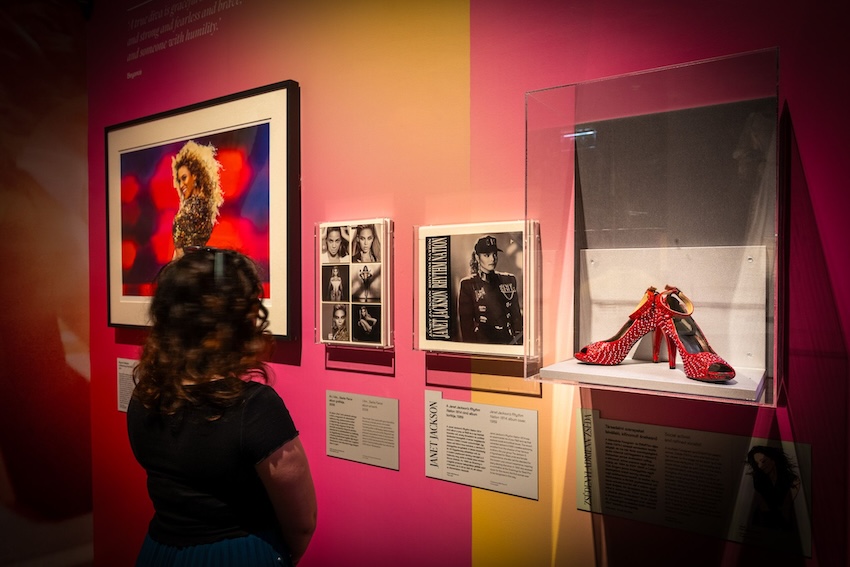
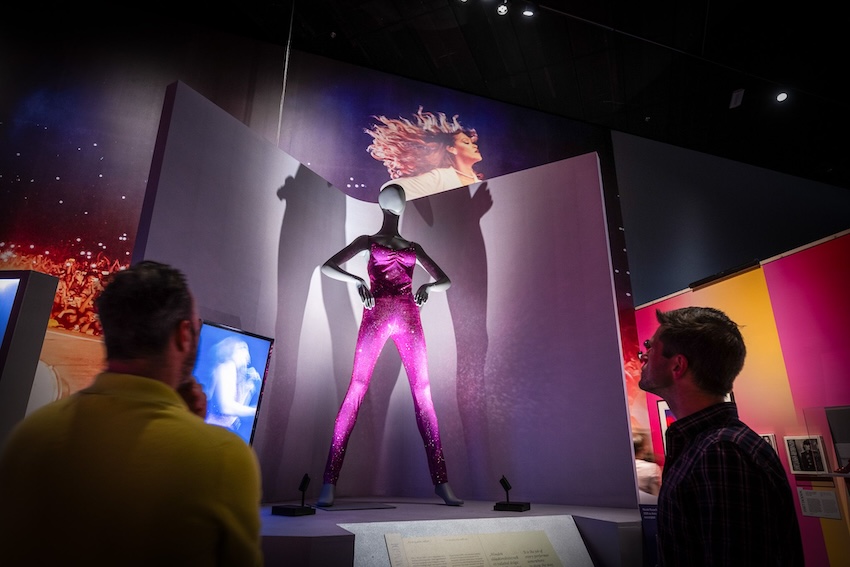
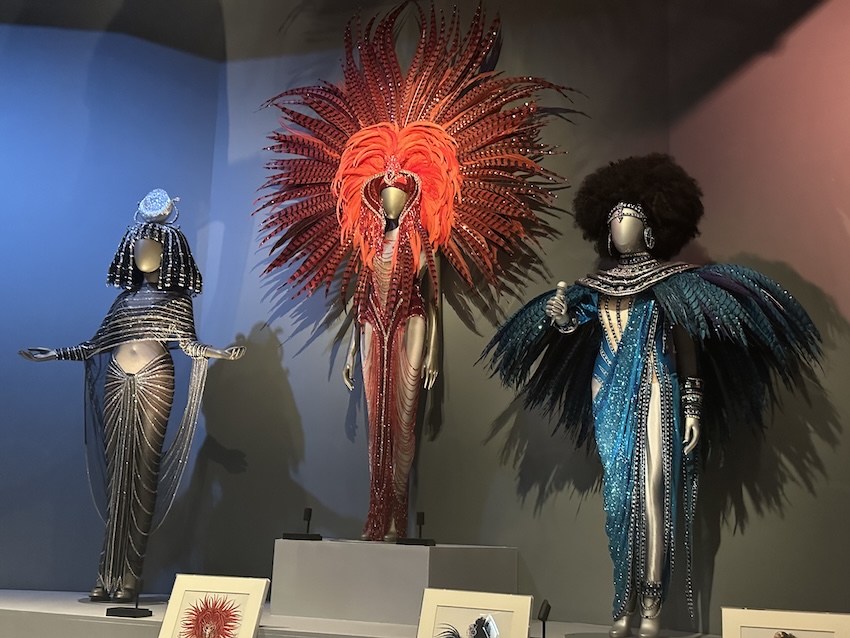
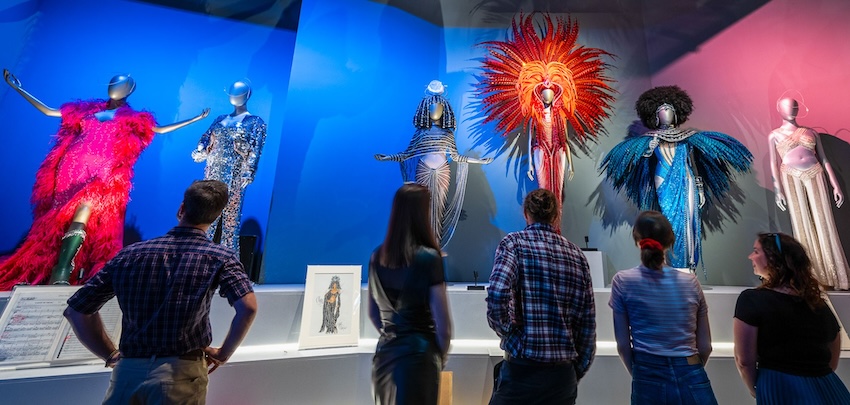
It is a great recognition and a significant milestone for the House of Music, which has managed to attract such a grandiose and prestigious international exhibition to Budapest in just two and a half years of operation, a notable achievement for both Hungary and the region.

The travelling exhibition, originating from London, conceptualized by V&A curator Kate Bailey, made its first stop in Budapest before embarking on a world tour. The outstanding collaboration with the V&A also enabled Hungarian content and the history of Hungarian performers to be included, making it the first exhibition in Hungary to feature such a vast array of international and local stars.
“Divas & Icons” captivates audiences with stunning visuals and a thoughtful and exciting dramaturgy, while also offering a social-historical insight into the world of female performers from the 19th century to the present day.
Discovering the Lives and Stories of Legendary Stars
On the invitation of Mr. Márton Horn, director of the institution, Mr. András Batta, managing director of the House of Music Hungary, and the curators of the temporary exhibition Divas & Icons, the Lady Ambassadors serving in Budapest had the pleasure and privilege of attending an exclusive guided tour of this great show. Upon their arrival, the distinguished guests were greeted by Ms. Angela Medveczky, Protocol and International Communications Officer, and escorted to one of the concert venues in the impressive building, which serves multiple purposes.
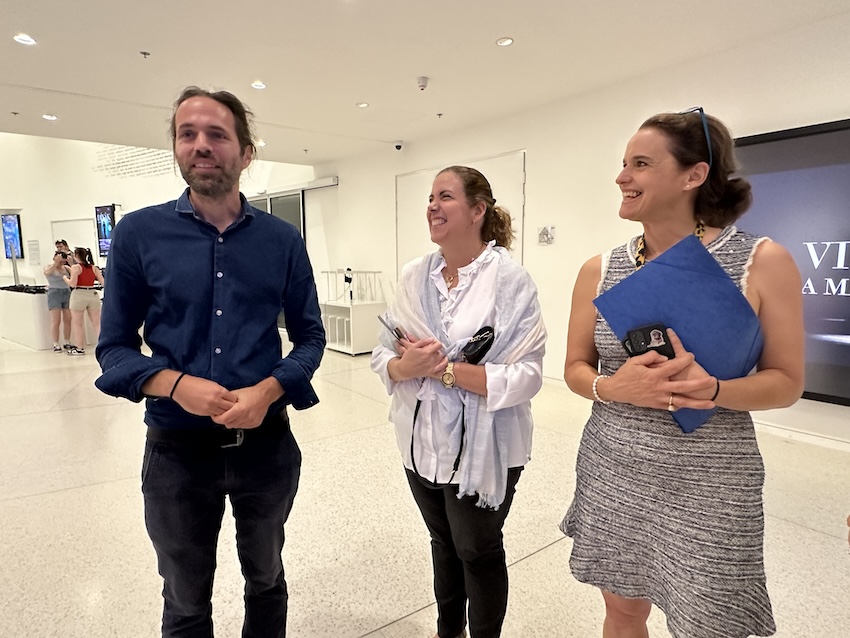
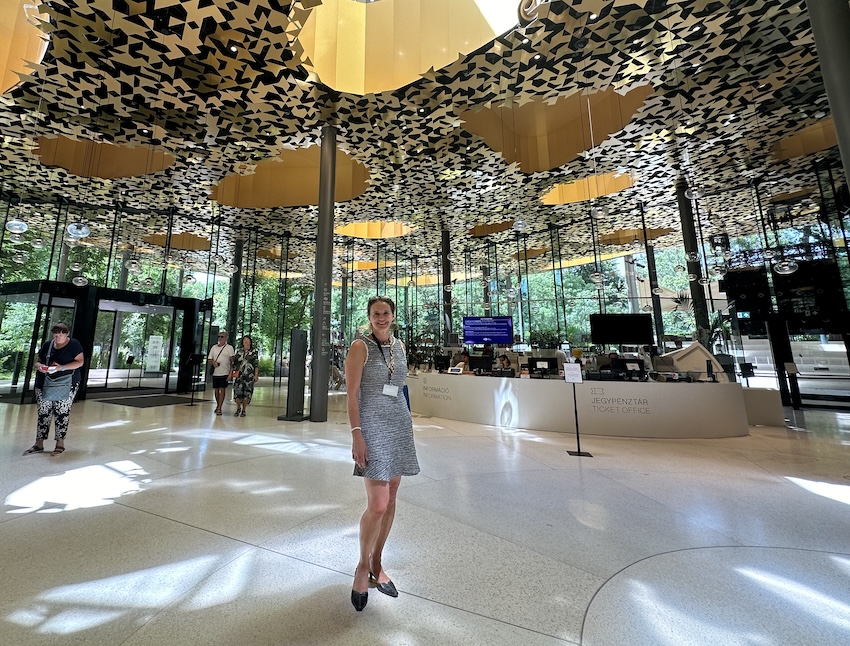
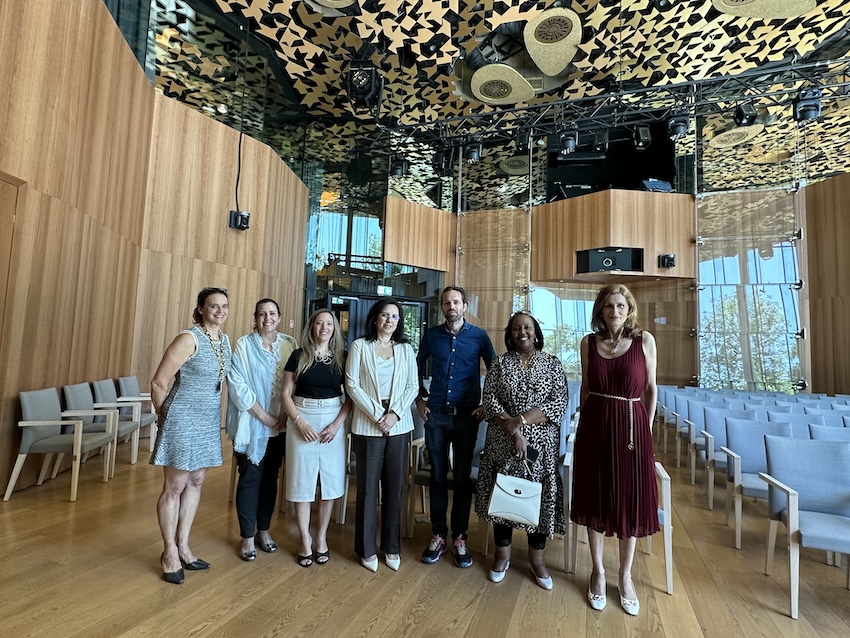
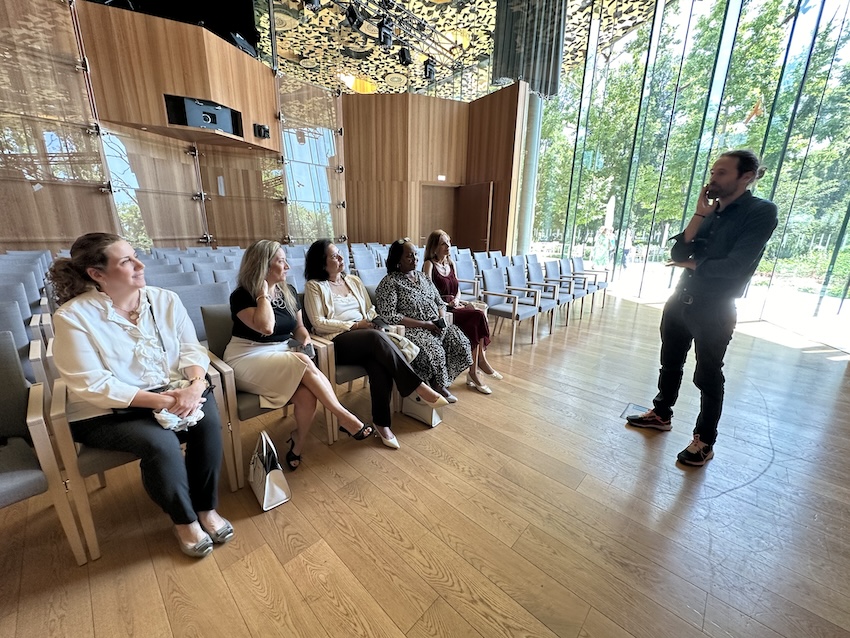
In his welcoming speech, Mr. Márton Horn highlighted that the exhibition’s dramaturgy is shaped by several major themes. These themes go beyond the art and fame of each diva, encompassing their social roles and their alignment with curator Kate Bailey’s concept, which is built with effective dramaturgy. He added that while 13-time Grammy winner Ella Fitzgerald owes her diva status to her exceptional performing arts, the exhibition focuses primarily on her social engagement.
Invited for a visit, the guests toured the thematic rooms of the exhibition, which occupies an 800-square-meter temporary space. Guided by Ms. Melinda Erdőháti and accompanied by the protocol officer, the high-ranking diplomats gained intriguing insights into the featured stars. They immersed themselves in the captivating stories of pop music stars, movie legends and opera divas, admiring original stage clothes, costumes, props, posters, and video and audio recordings from over 100 international and Hungarian performers. These elements vividly bring the stories of these divas to life.
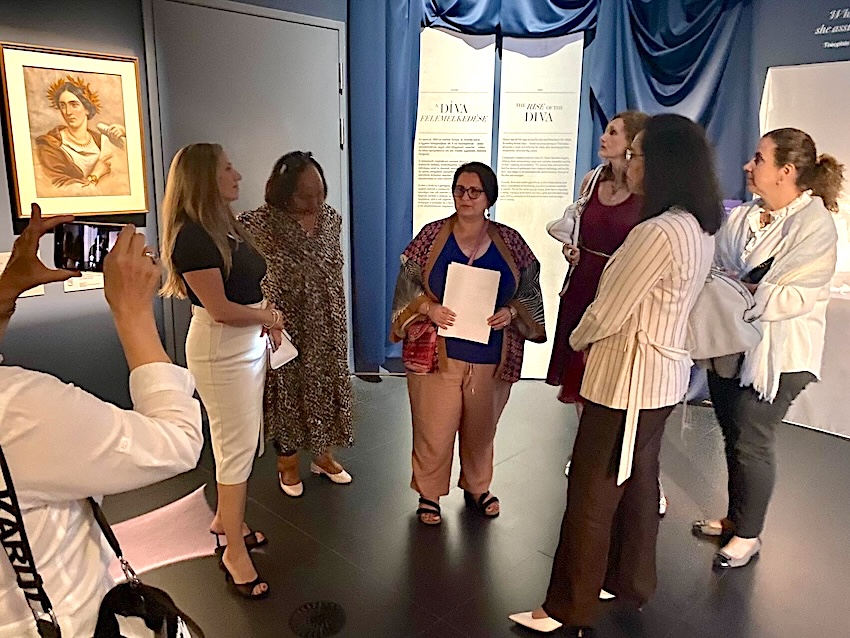
Dramaturgy and Content of the Exhibition
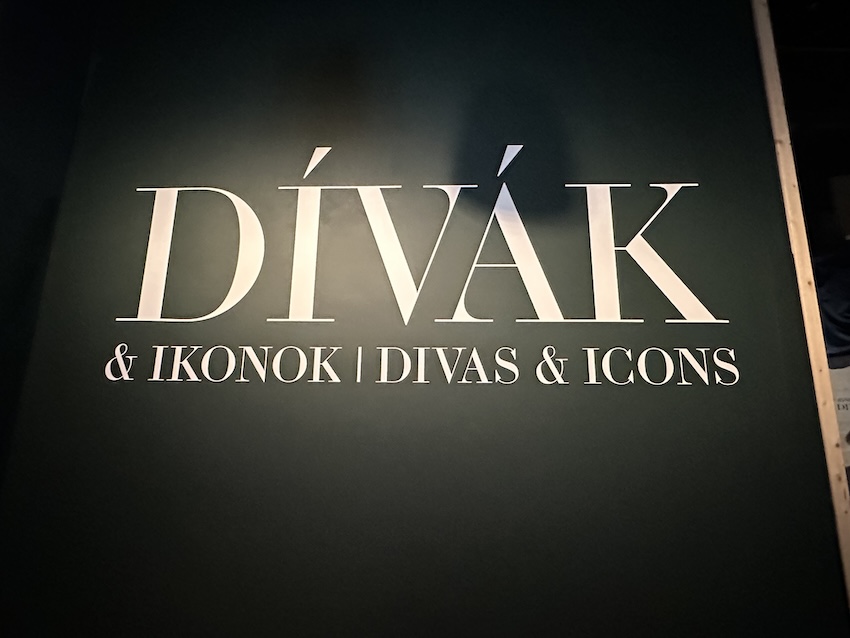
The first part of the exhibition focuses on the creation of the diva, a term derived from the Latin word for ‘goddess’. This section places the concept of the diva in a historical context from the 19th century, highlighting the goddesses of the stage and screen, and examining and redefining their evolving roles. Visitors can learn about the first opera divas and early prima donnas, as well as dancers like Josephine Baker and Gabriella Lakatos who revolutionized the perception of the human body. Additionally, the personal stories of Hollywood divas such as Elizabeth Taylor, Marilyn Monroe, and Zsa Zsa Gabor are showcased, offering insights into the shifting notions of femininity and the ongoing struggle for women’s rights. Through these figures, the exhibition delves into the significant changes in the representation and empowerment of women.
The second part of the exhibition celebrates the modern diva, spotlighting a select star of the diva galaxy through six distinct perspectives. It honours revolutionary performers who have driven societal change and development through their art, voice, and identity. Iconic sets designed by star designer Bob Mackie for Tina Turner, Pink, and Cher are on display, along with costumes worn by Billie Eilish, Rihanna, Adele, Björk, Whitney Houston and other renowned artists, familiar from concerts, award ceremonies, music videos, album covers and famous photographs.
The exhibition not only shows the lives of these world-famous stars, but also explores the broader diva phenomenon. It offers insights into how the social perception of female performers has evolved over the past 150 years, the inception of equality movements, and the changing role of women in the performing arts. Through these lenses, we can grasp the significant impact divas have had on culture and society, providing a rich context for appreciating the exhibition’s themes on a broader scale.
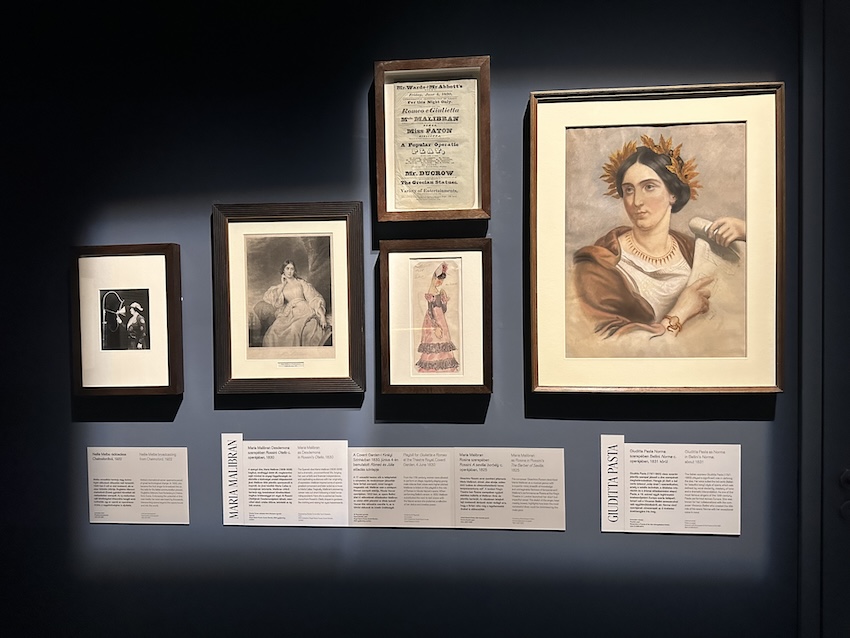
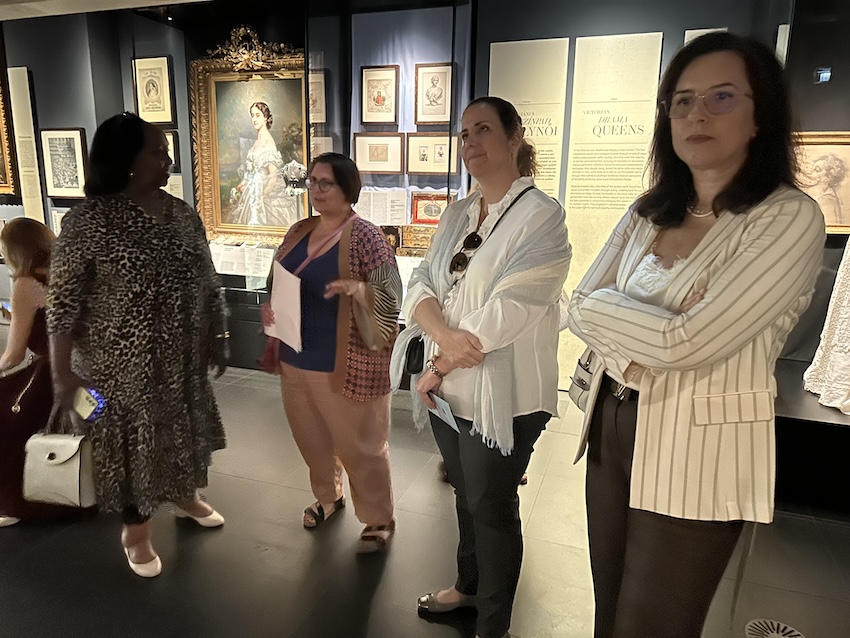
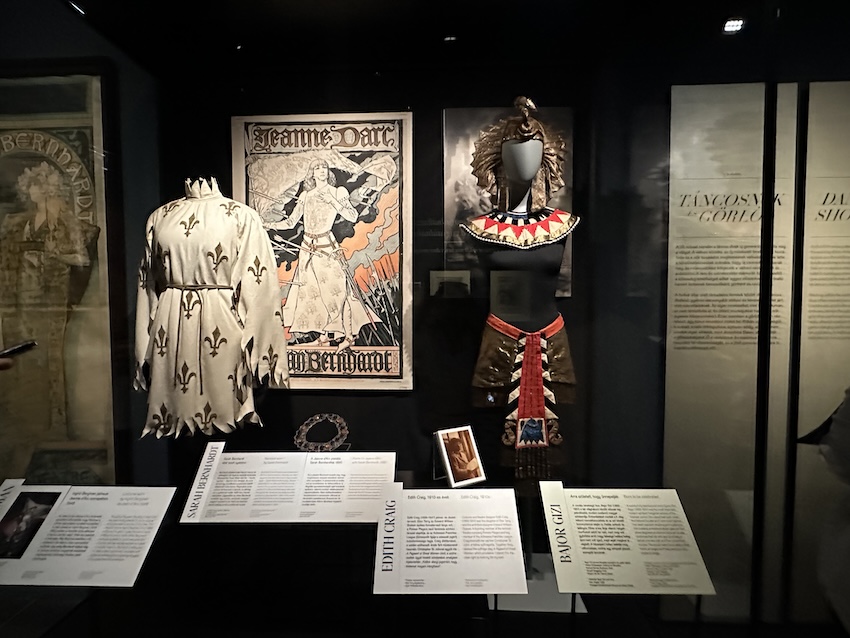
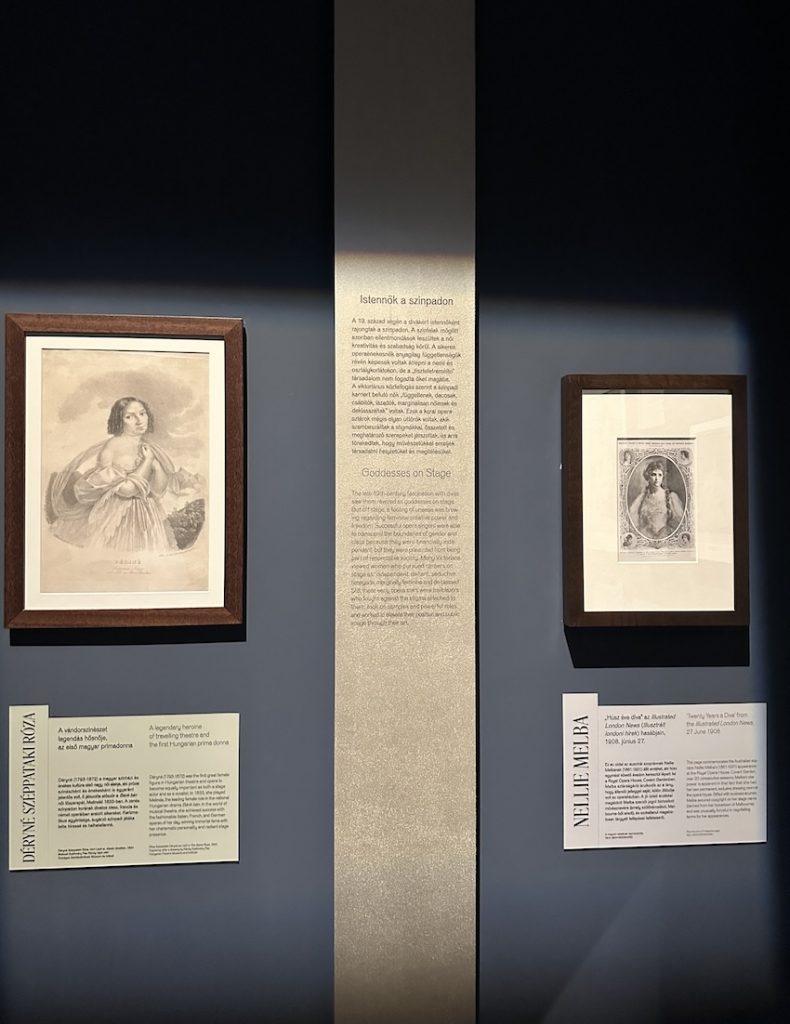
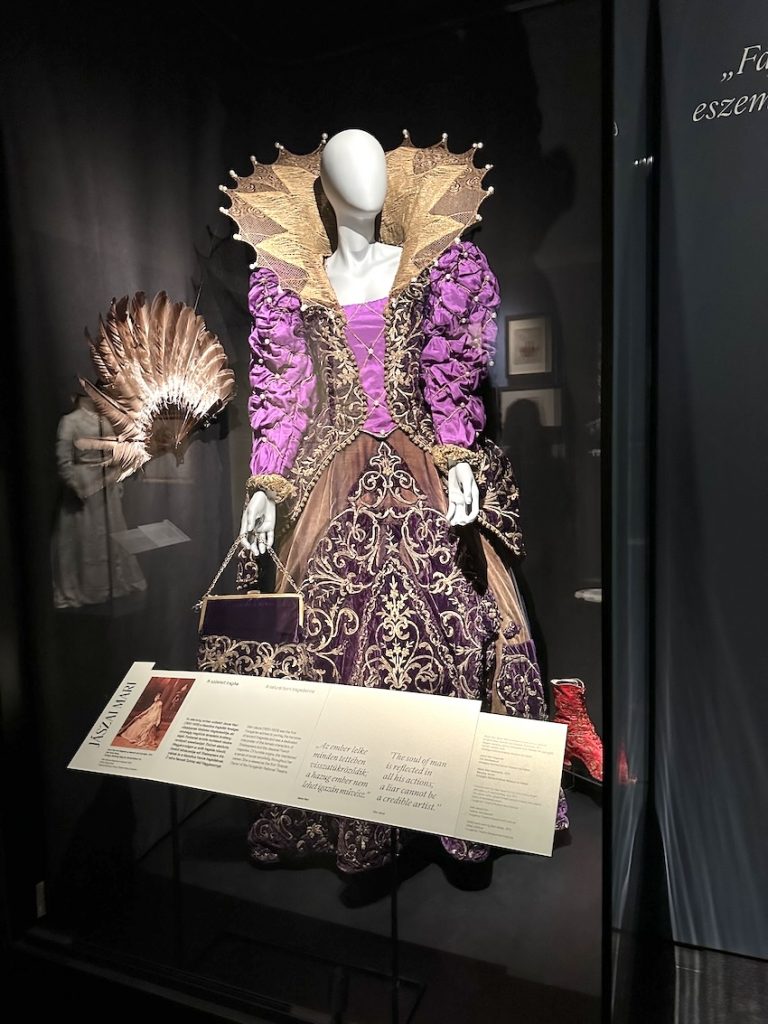
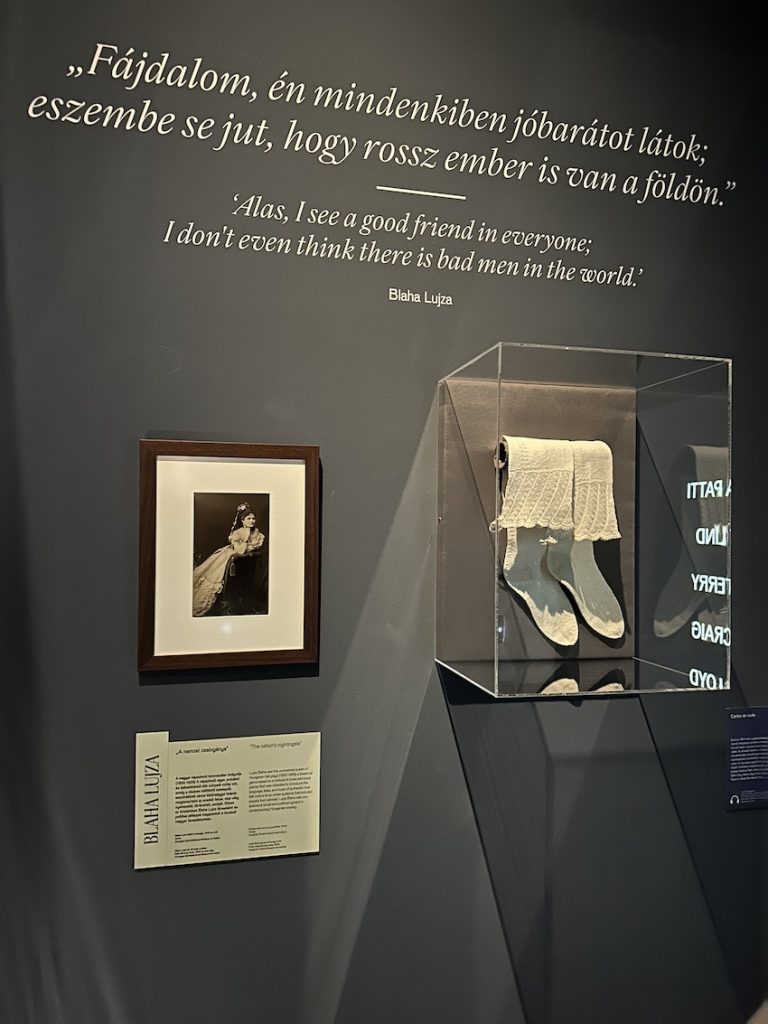
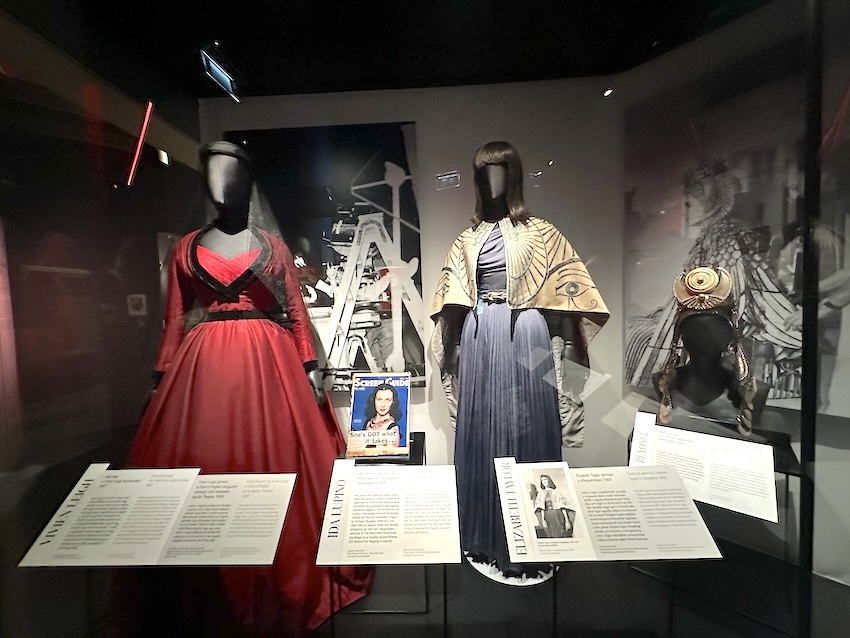
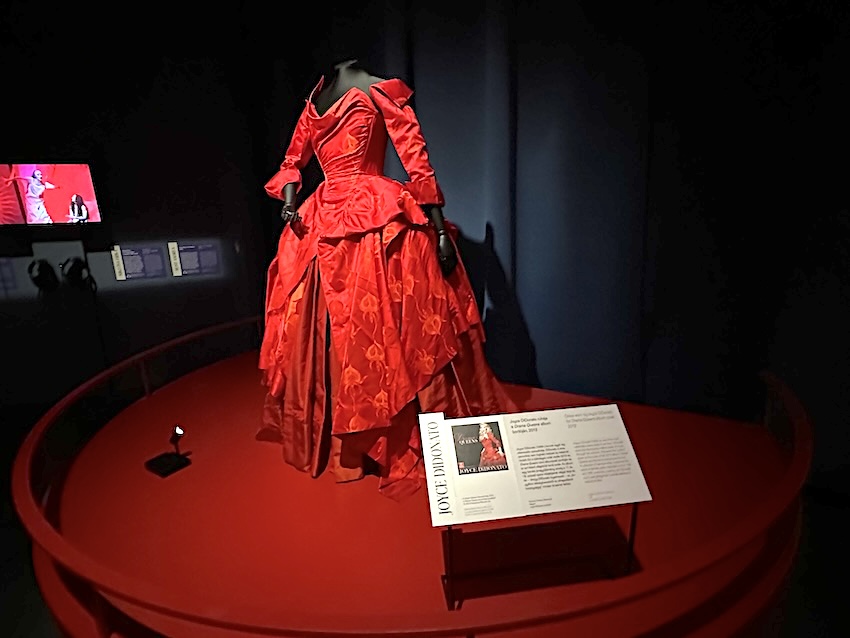
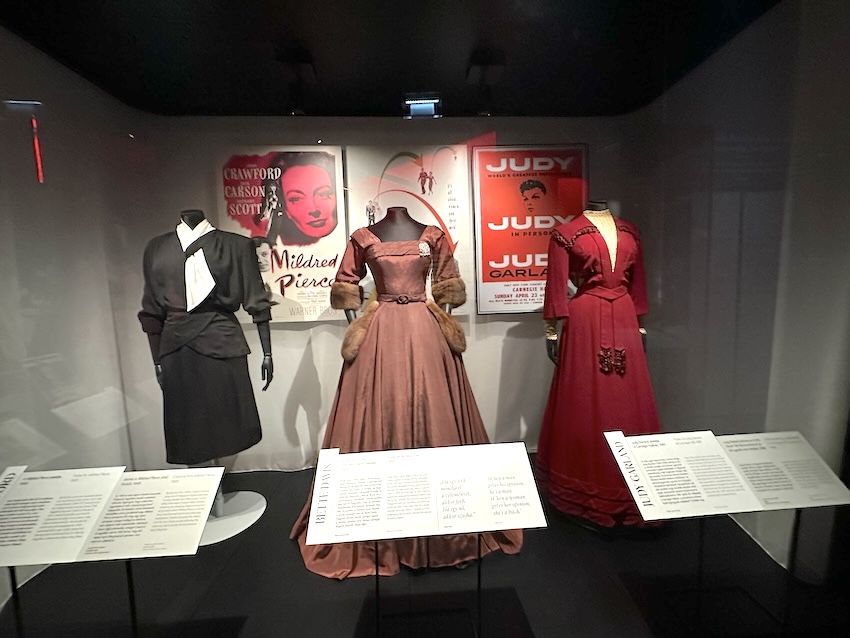
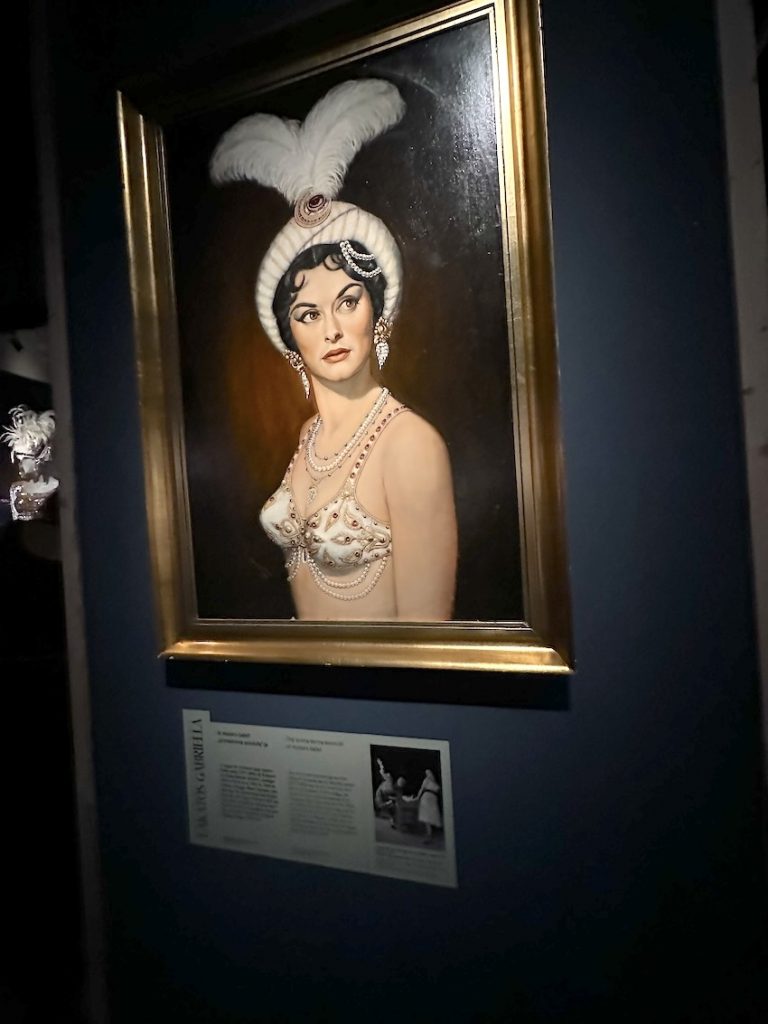
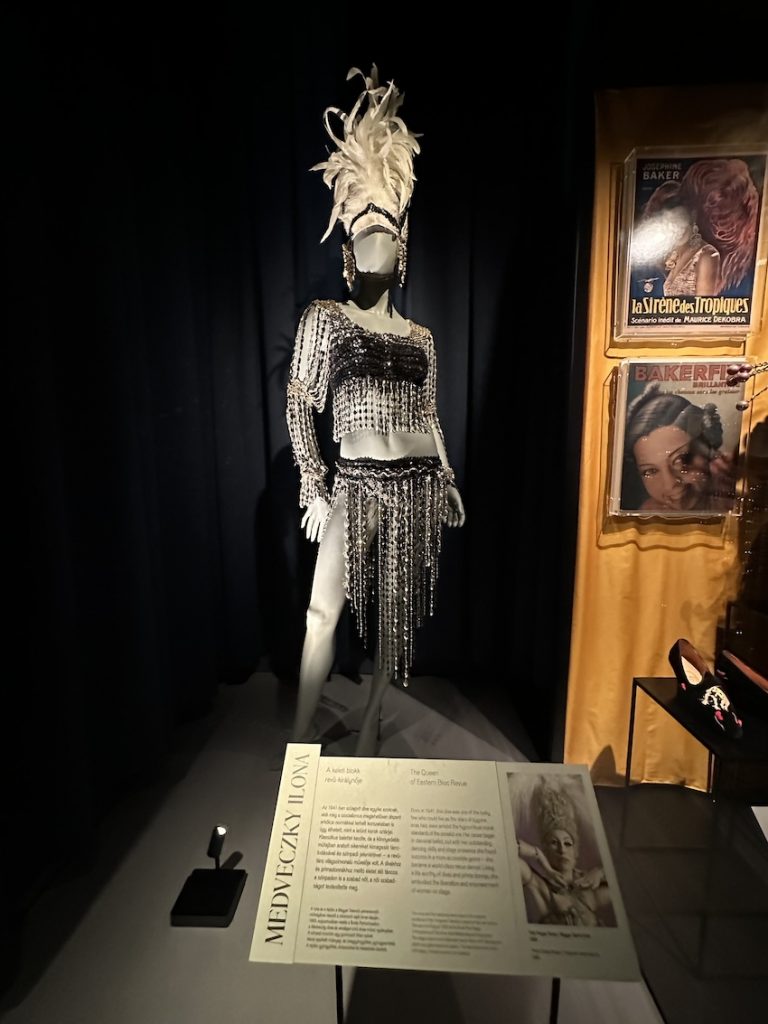
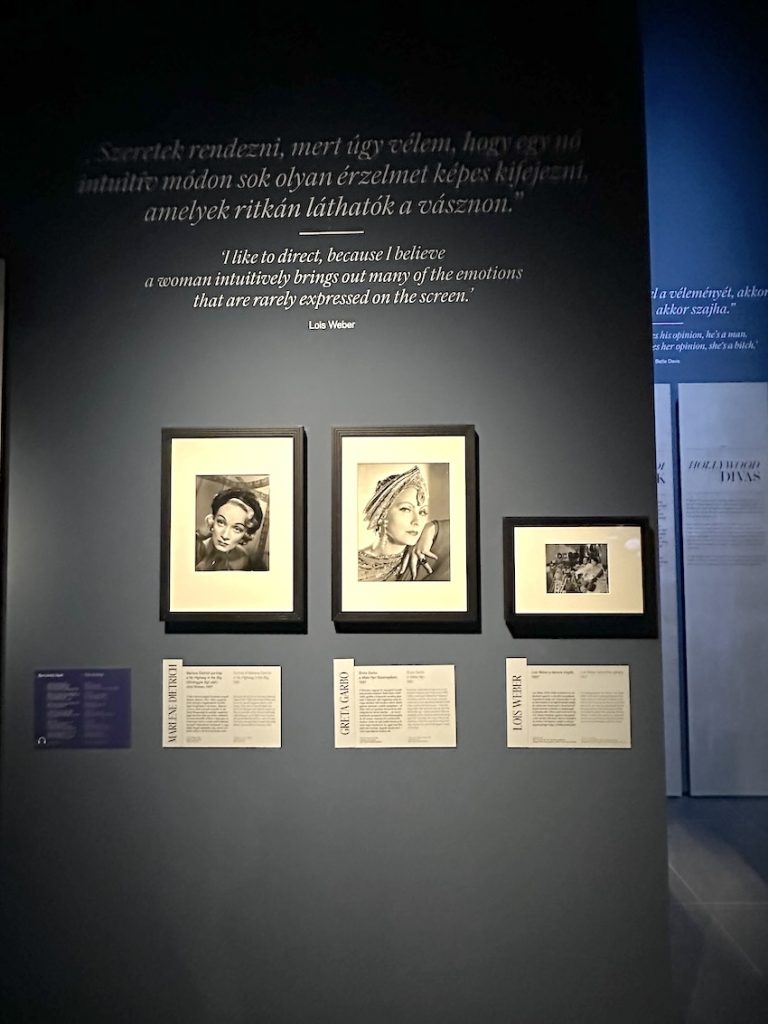
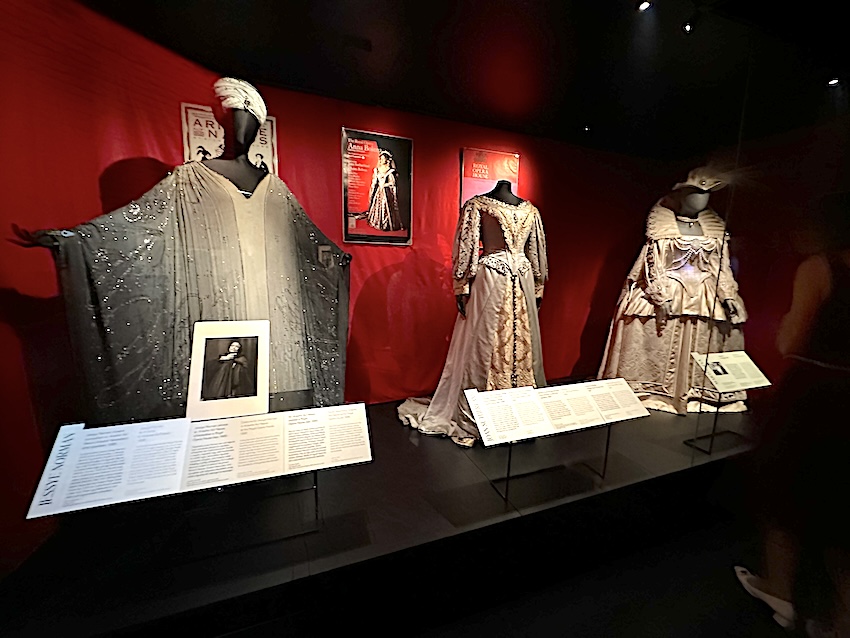
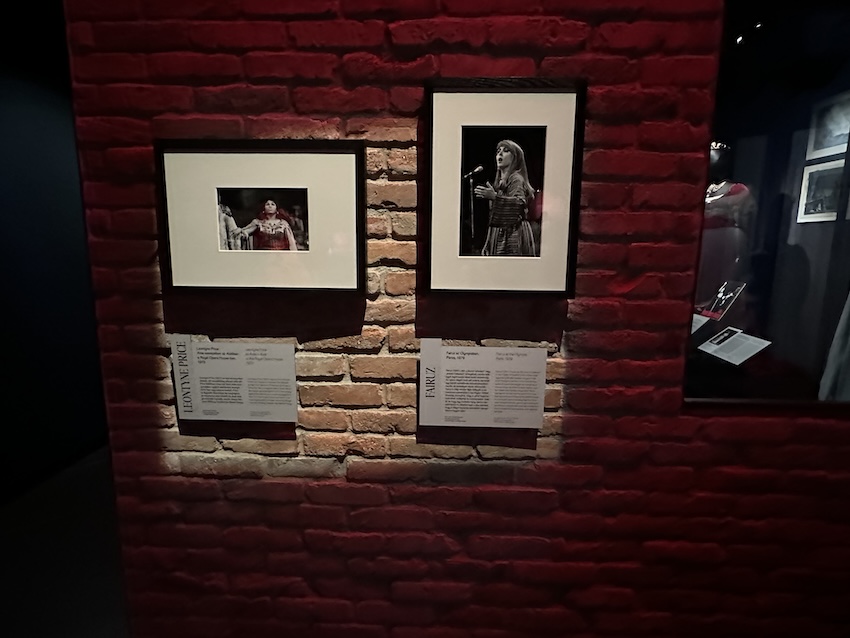
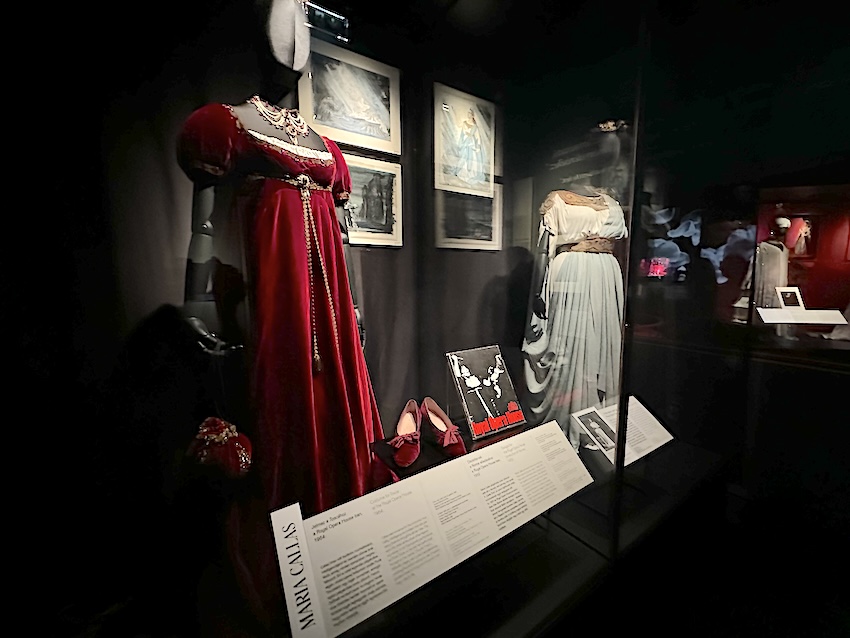
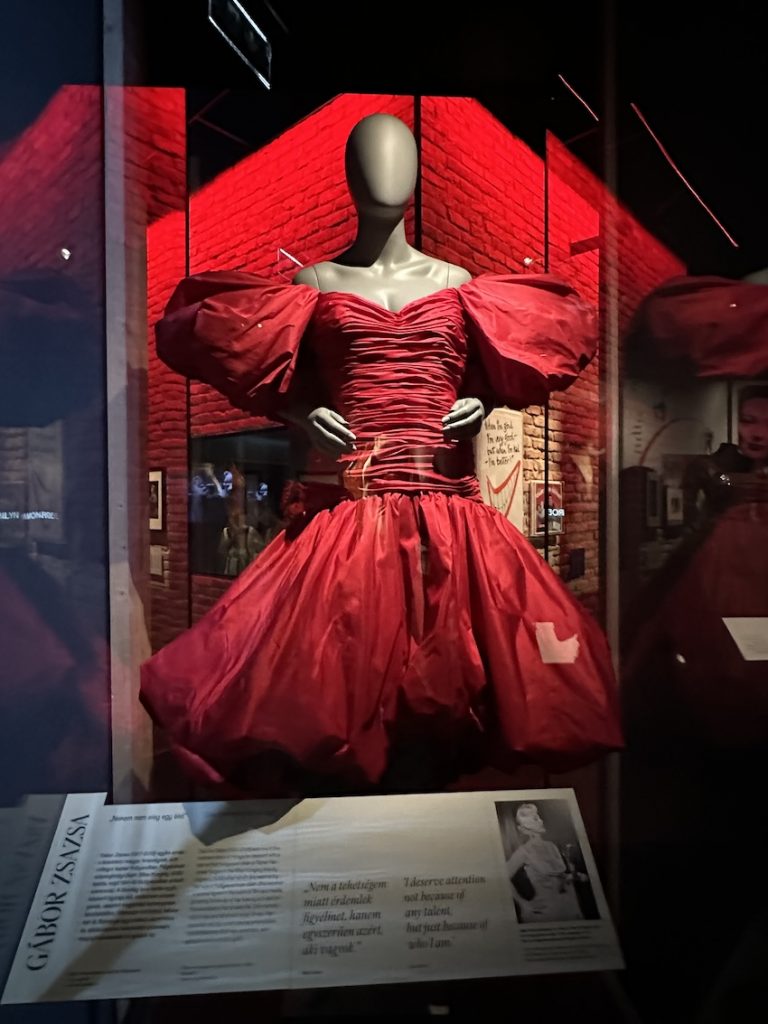
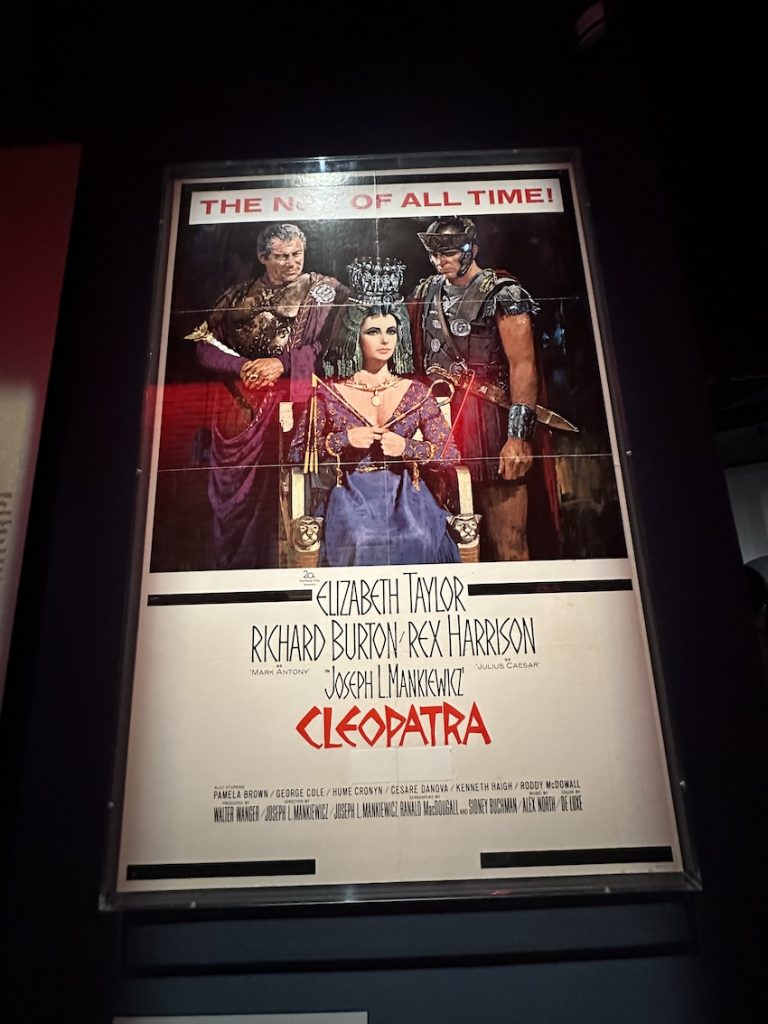
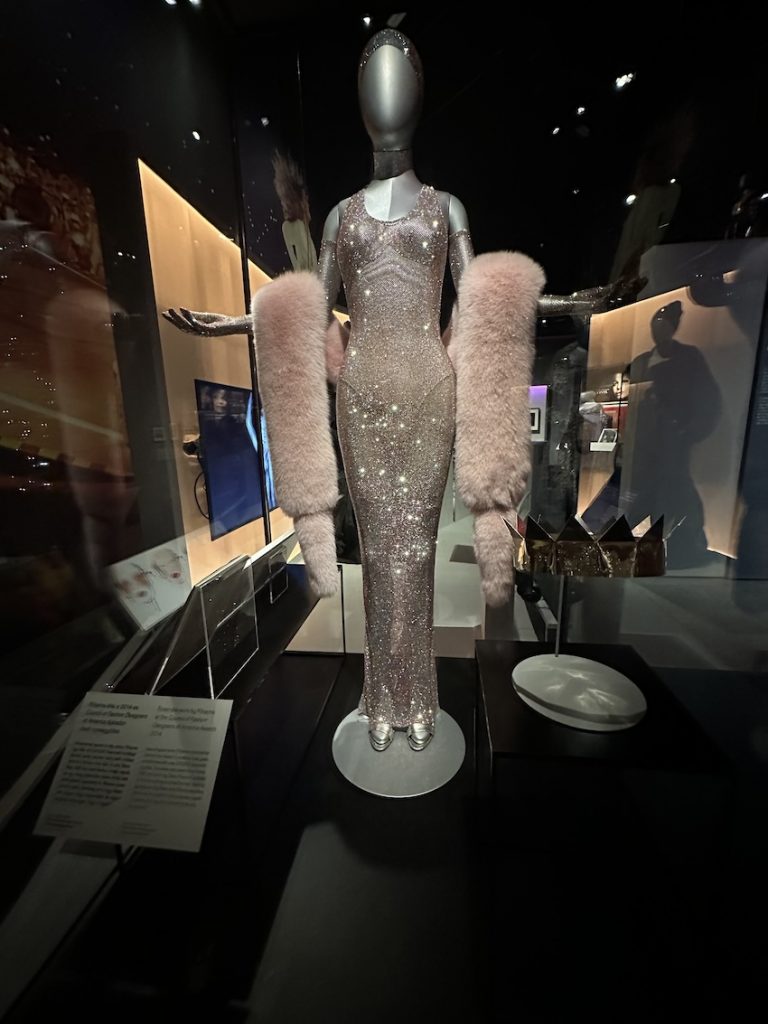
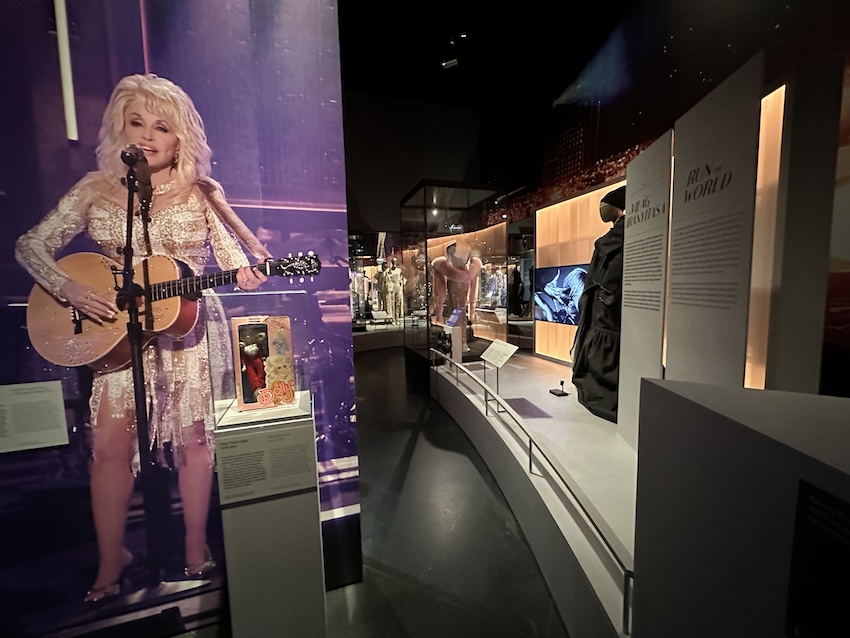

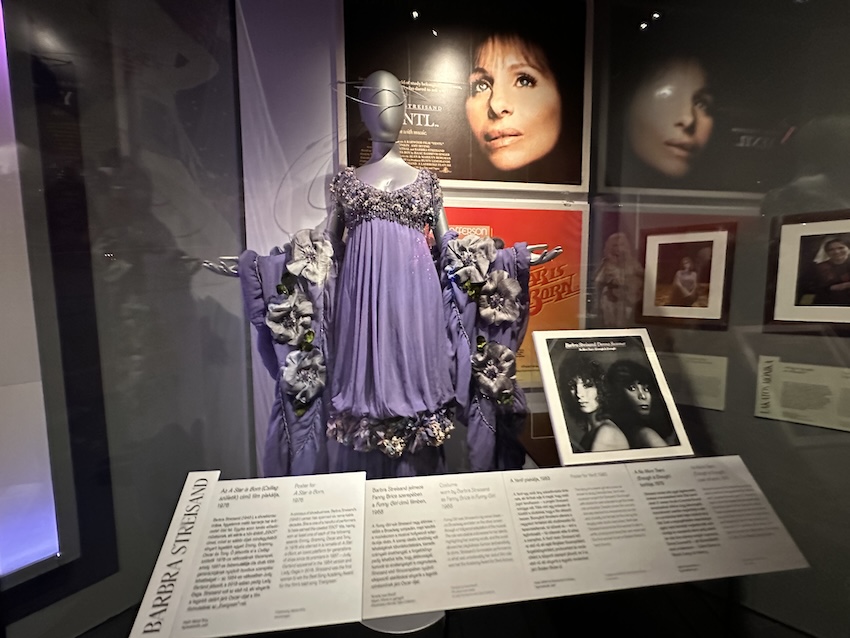
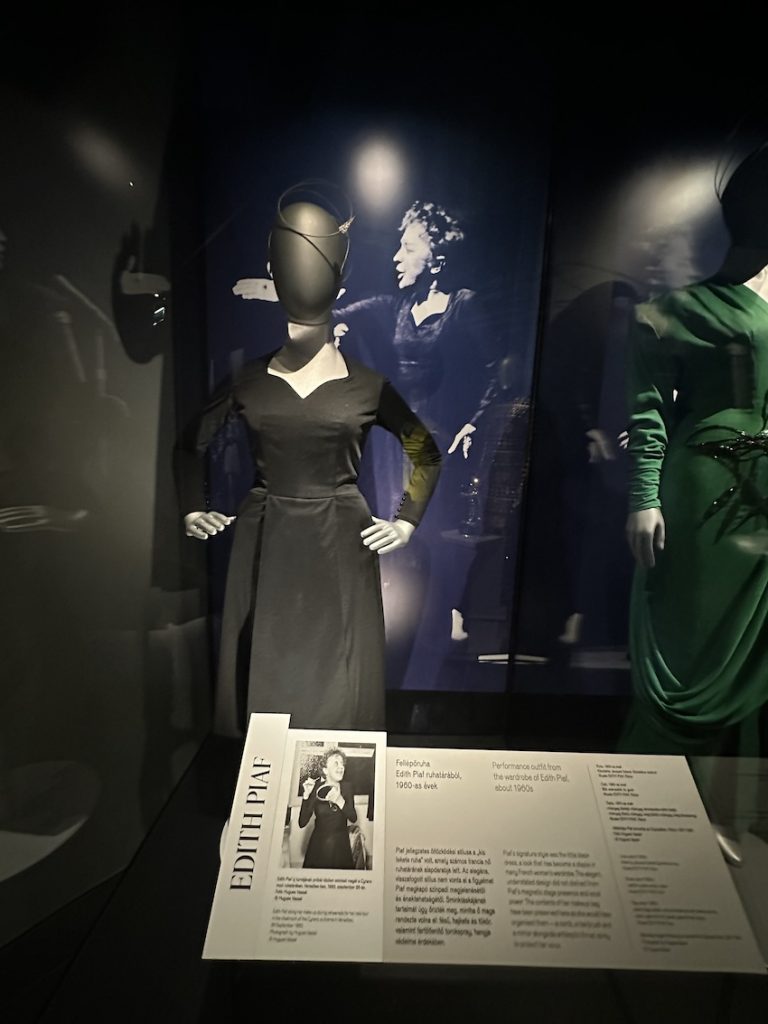
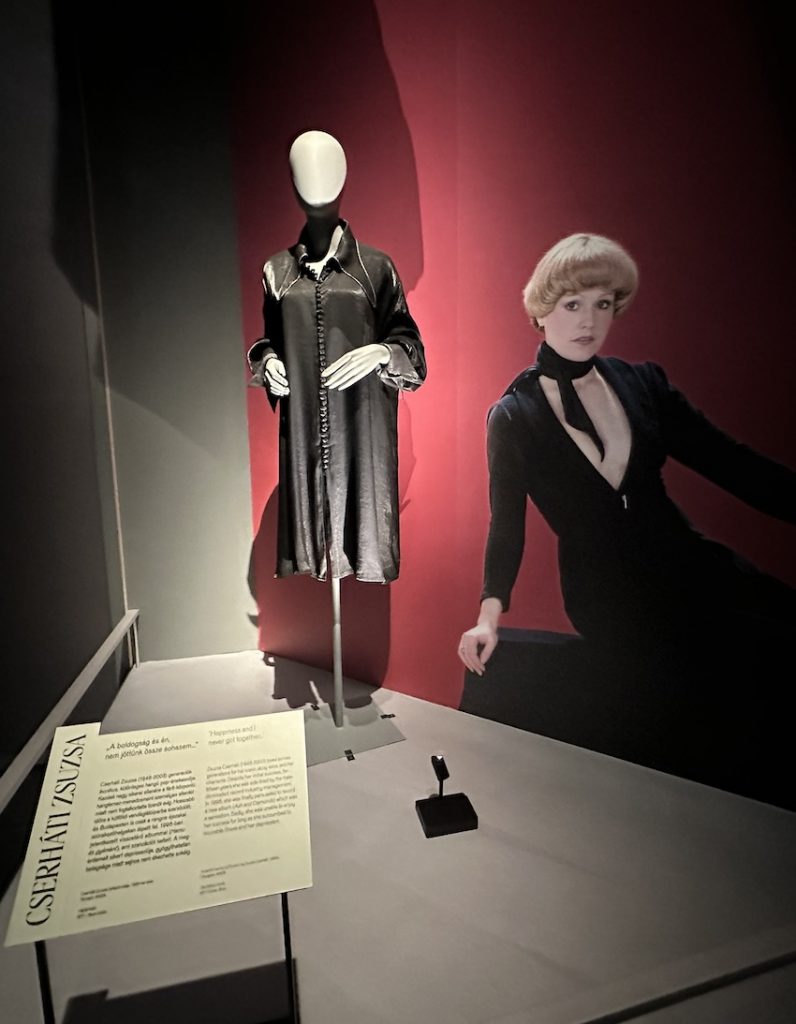
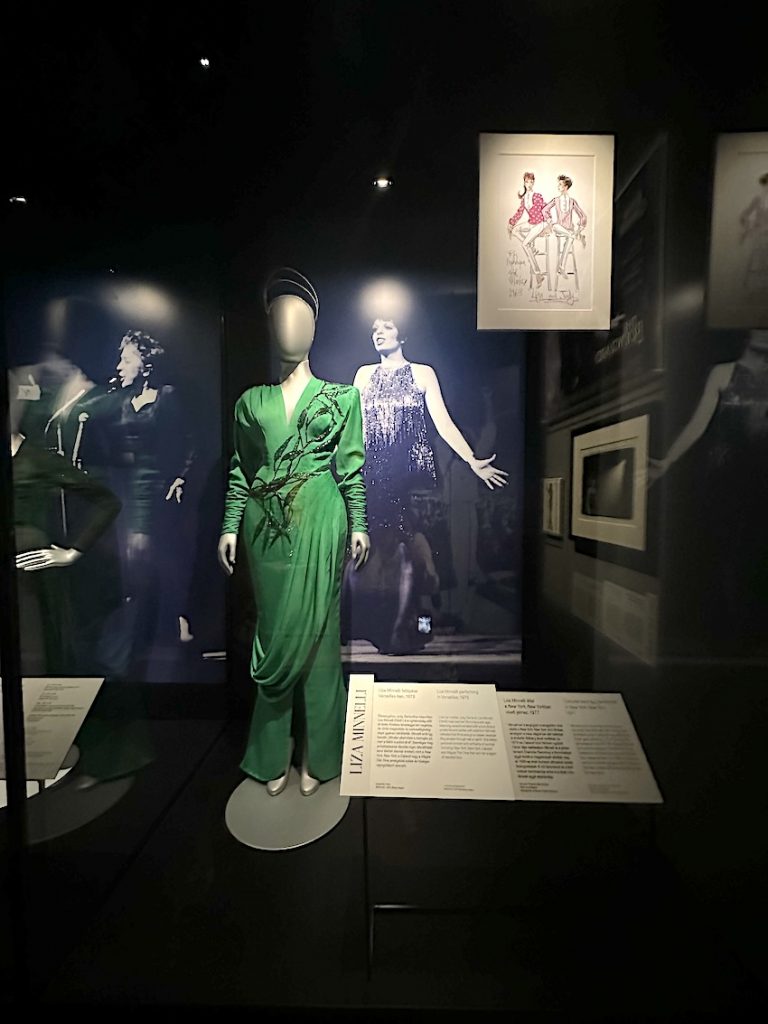
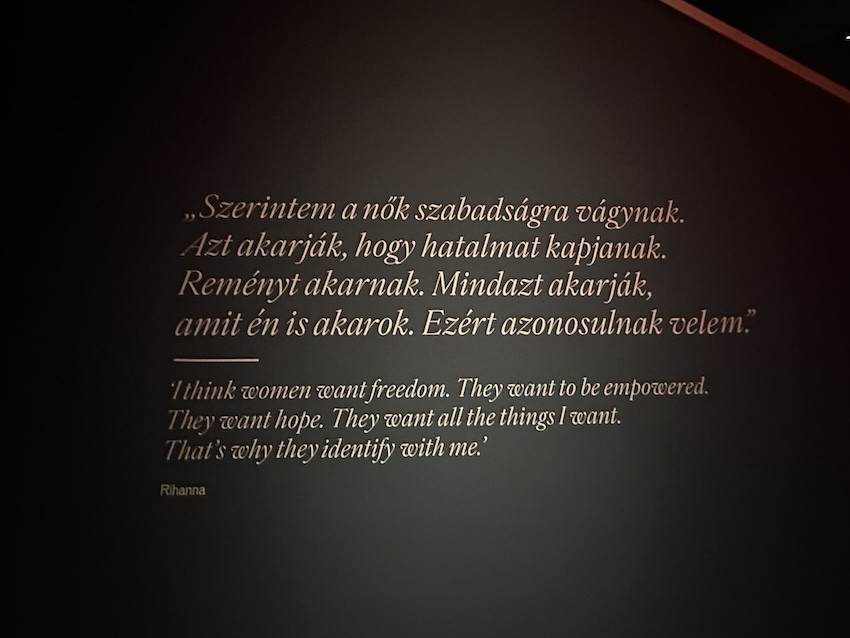
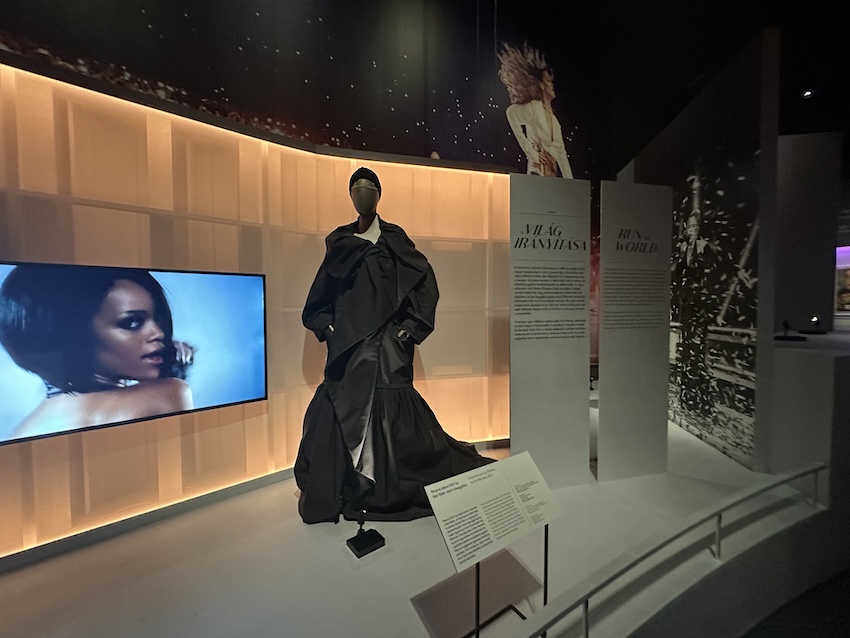
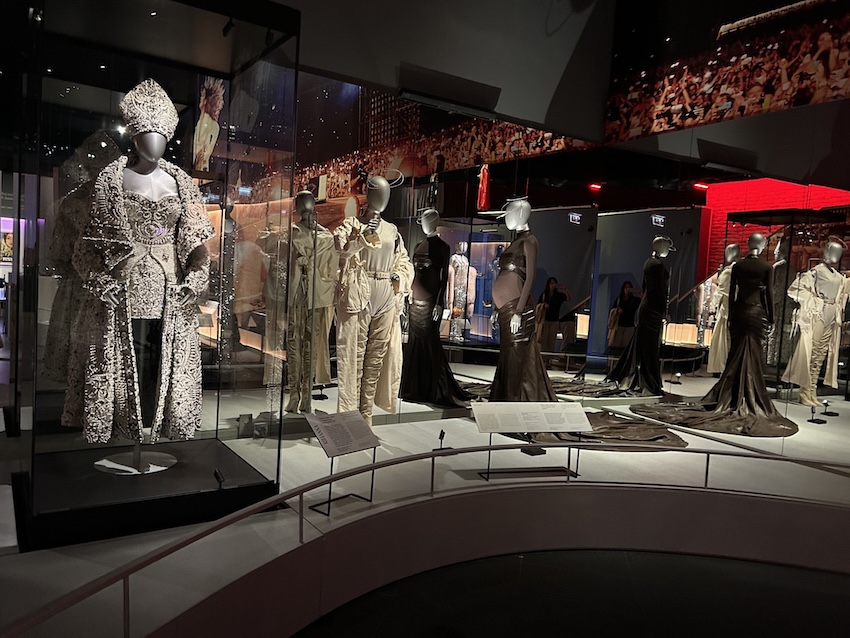
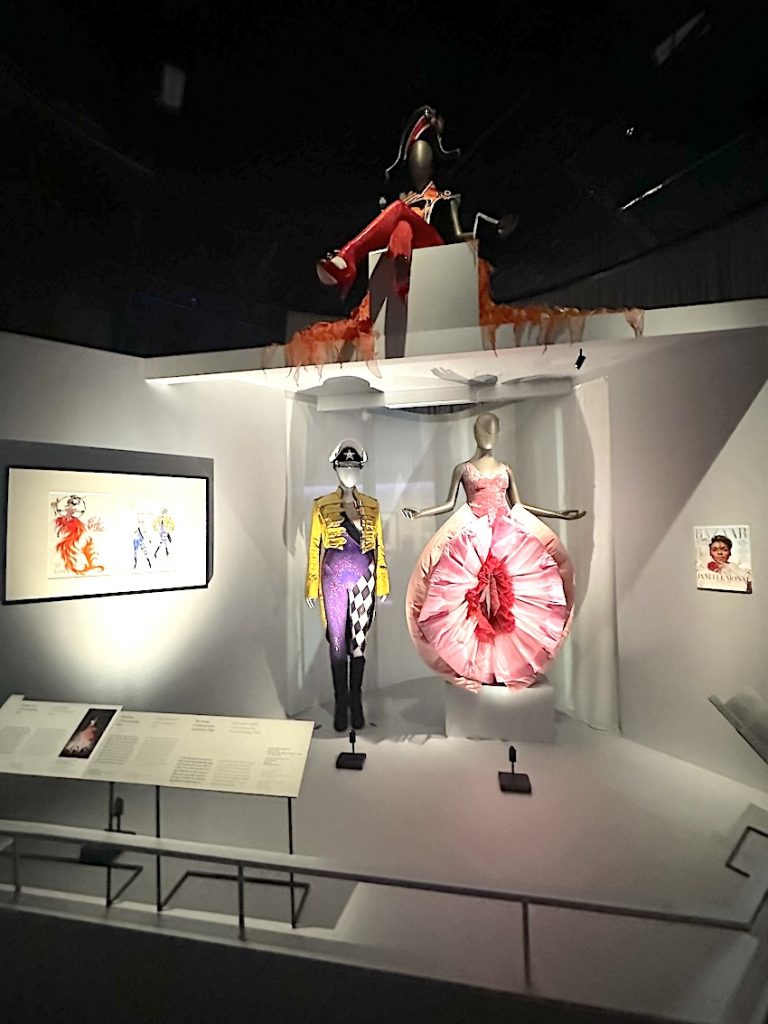
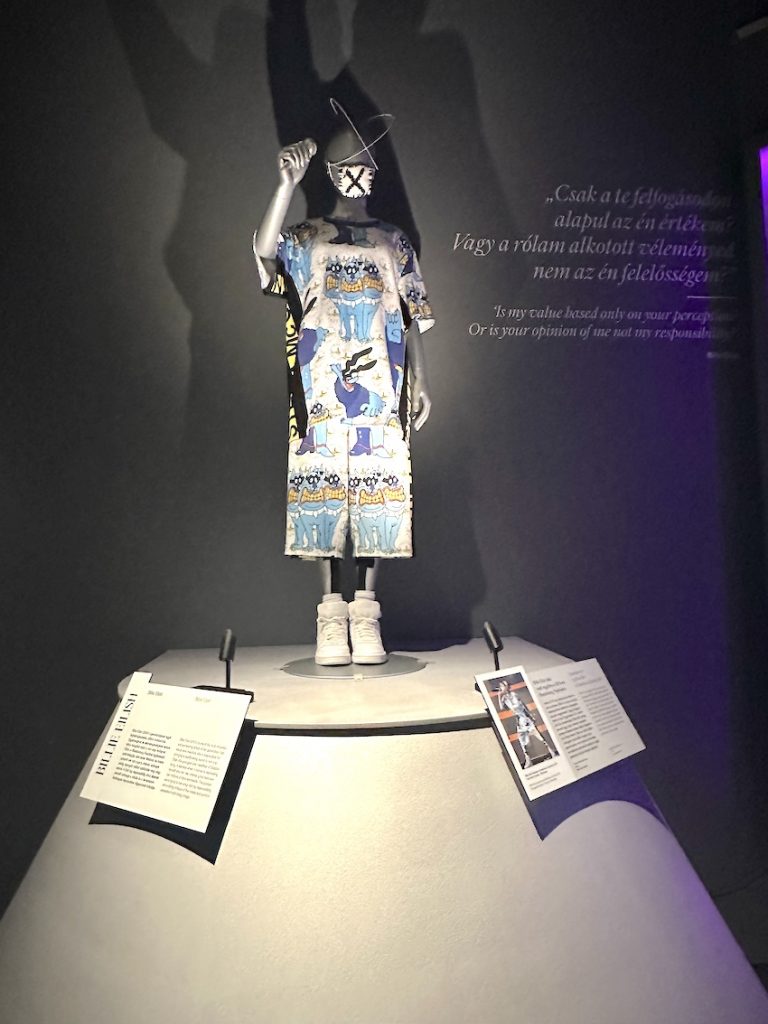
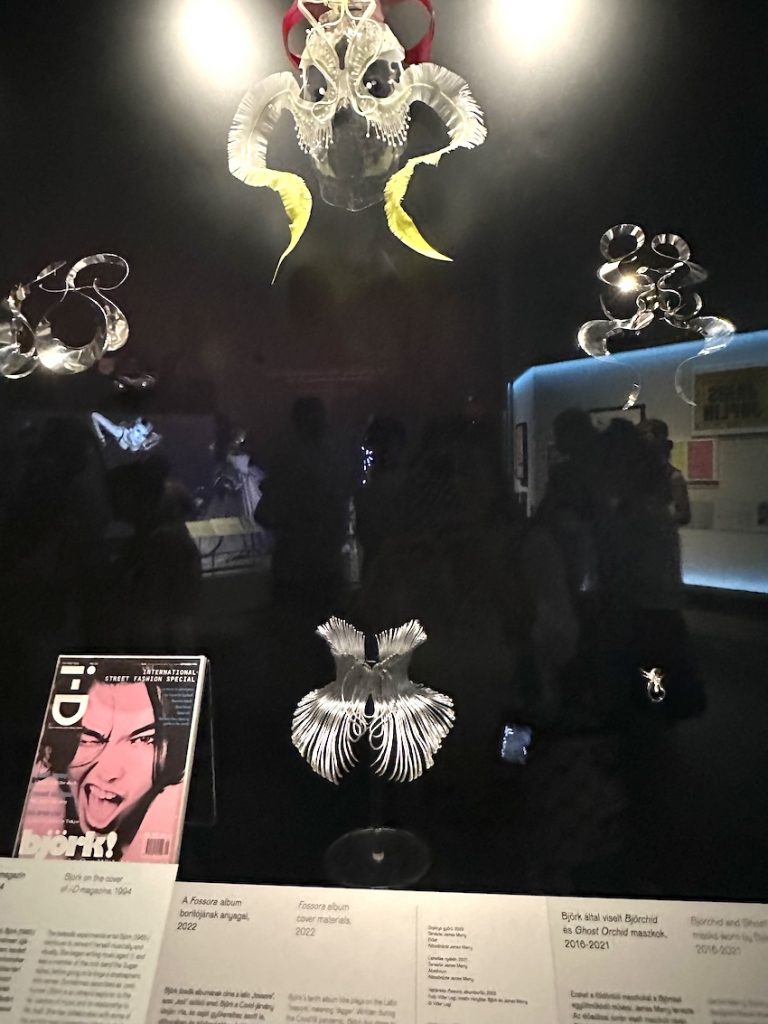
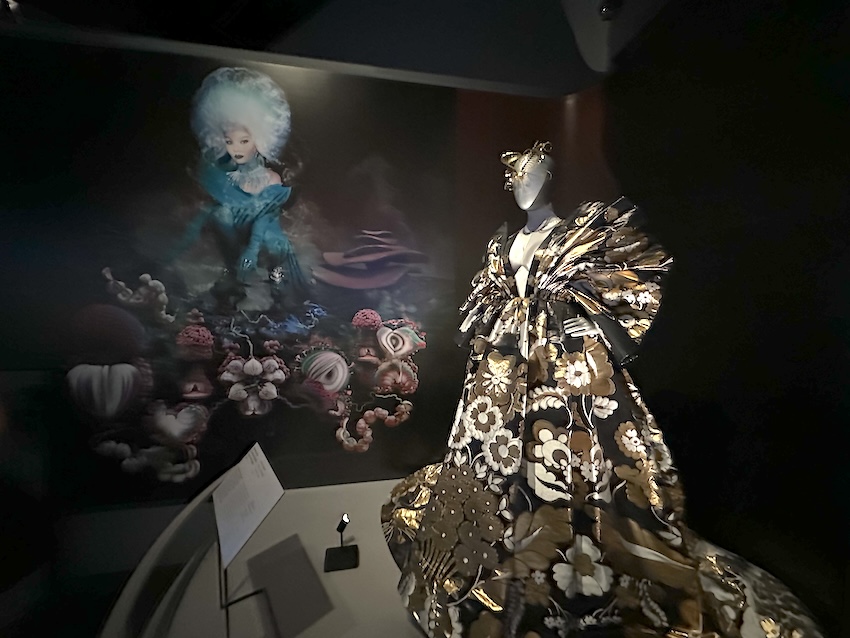
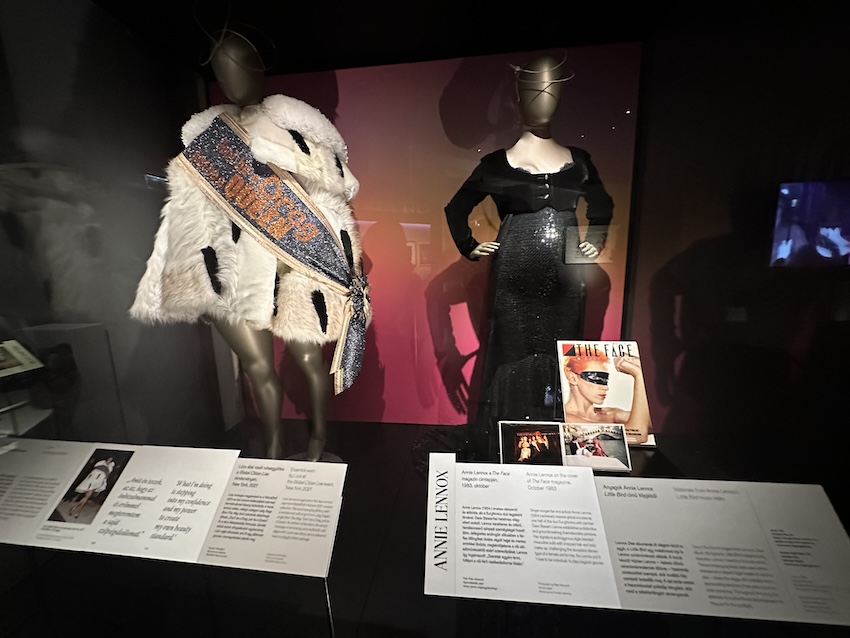
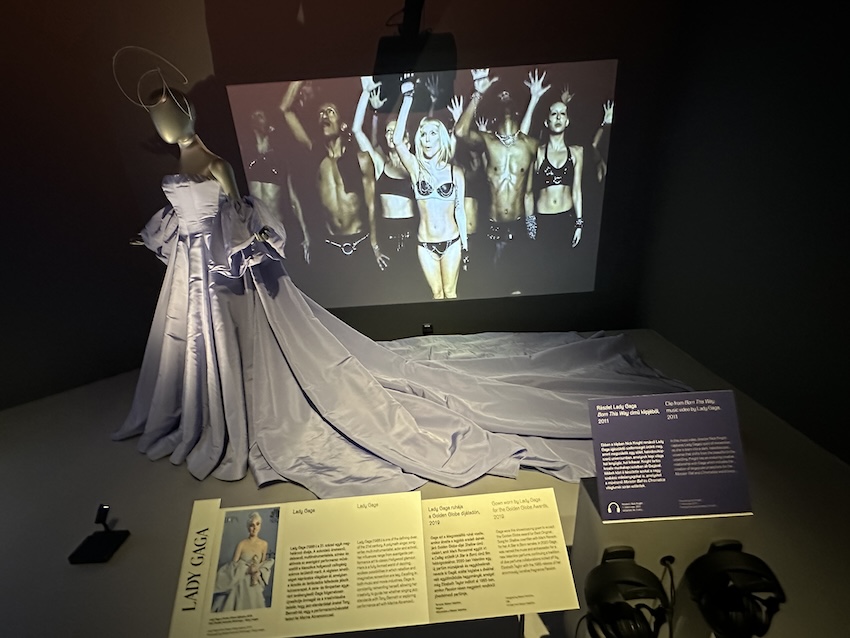
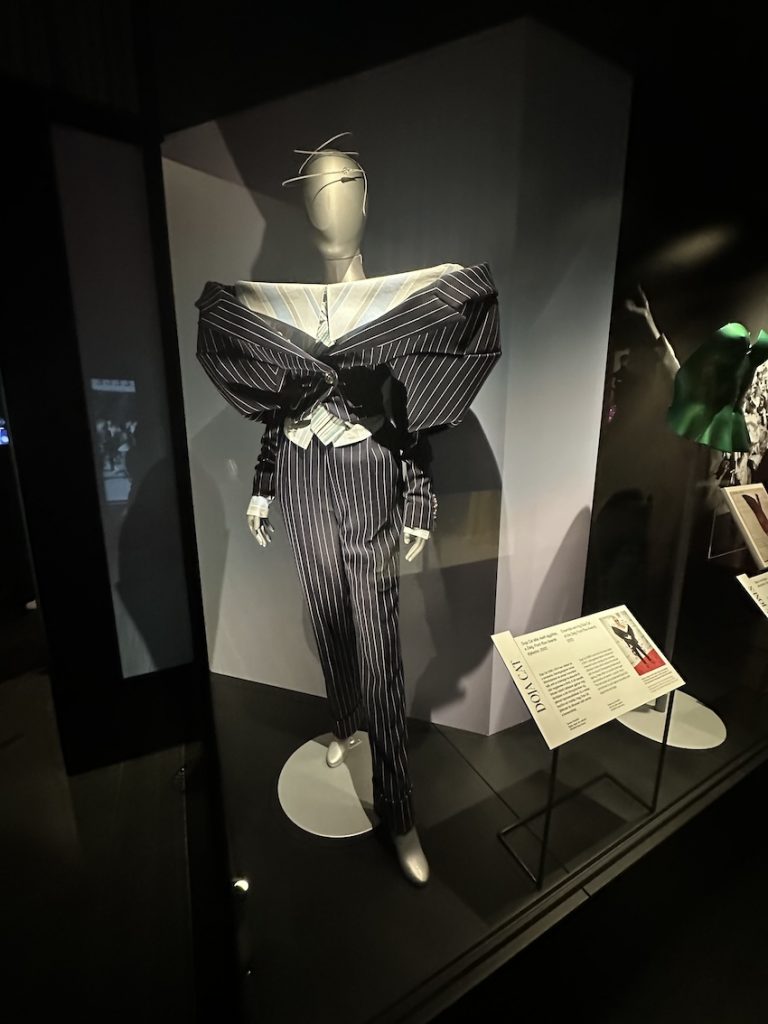
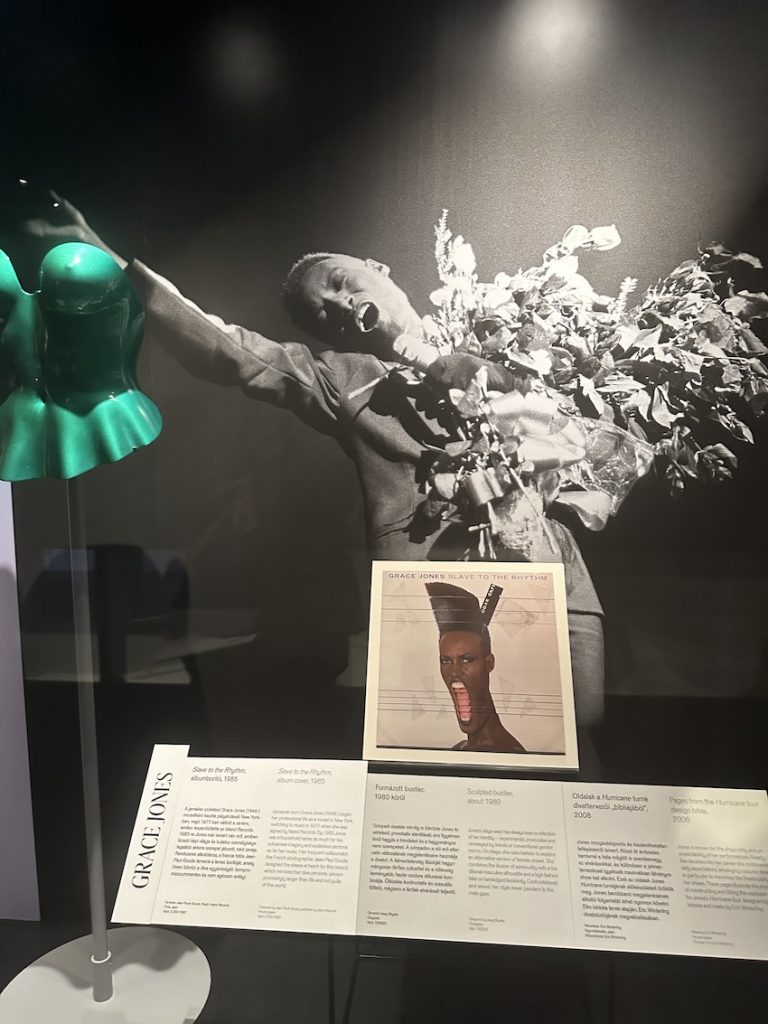
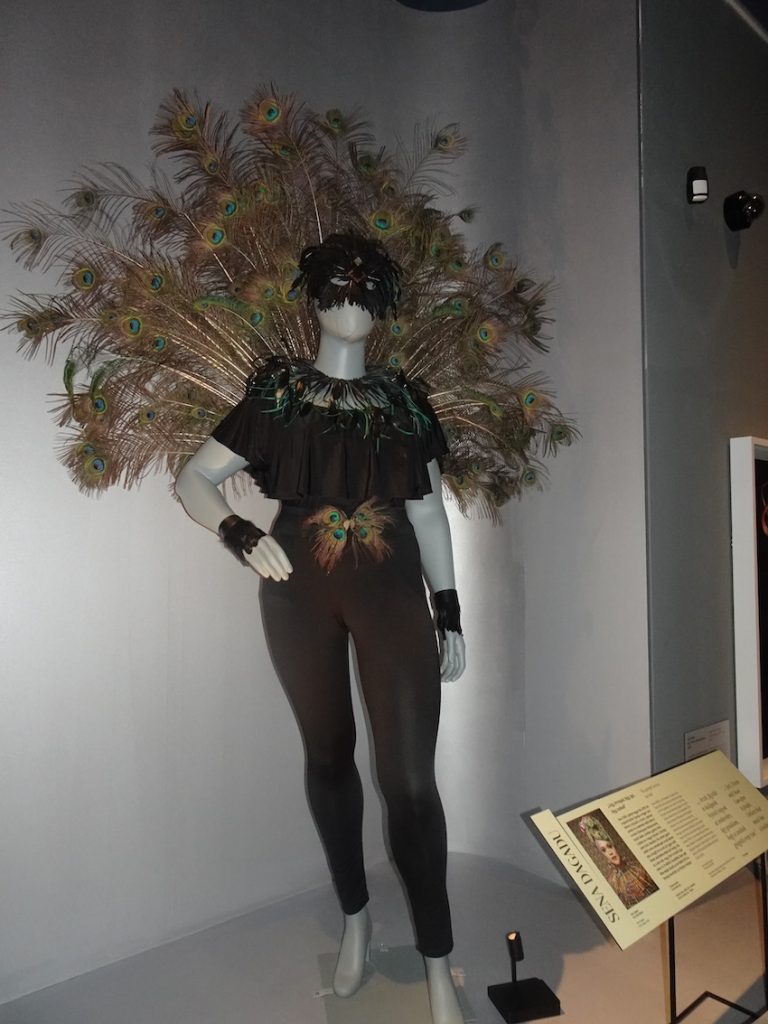
Icons – Male Stars
In addition to celebrating prominent female performers, the exhibition also highlights emblematic, adored and sometimes idolised male stars who have been influenced by the world of divas. This section features Elton John’s costume adorned with semi-precious stones, Freddie Mercury’s dress from his famous 1986 concert in Budapest, Prince’s iconic shoes, and the extravagant stage outfits of Hungarian rock stars János Kóbor and Ferenc Demjén.
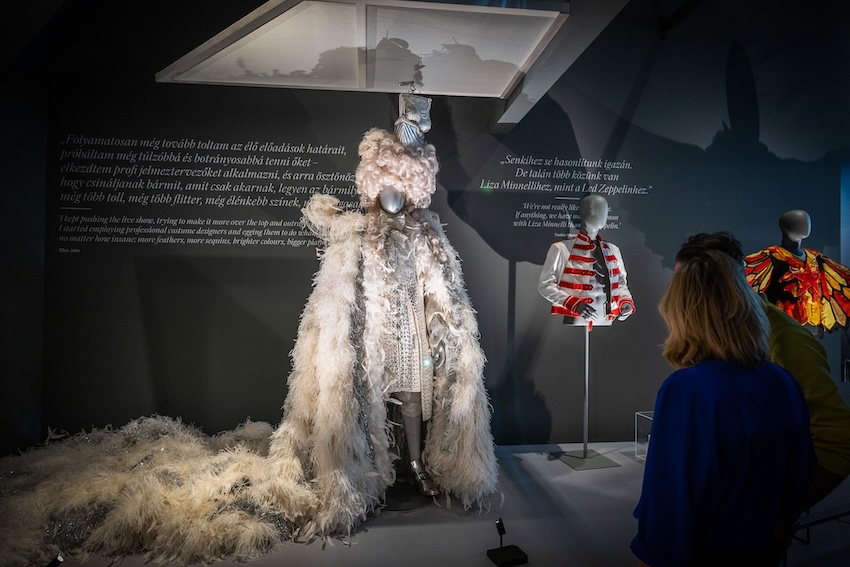
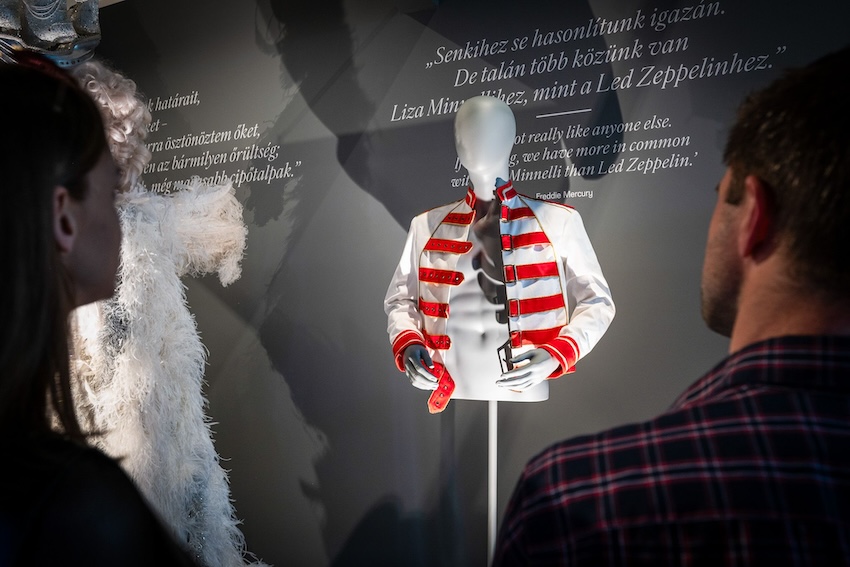
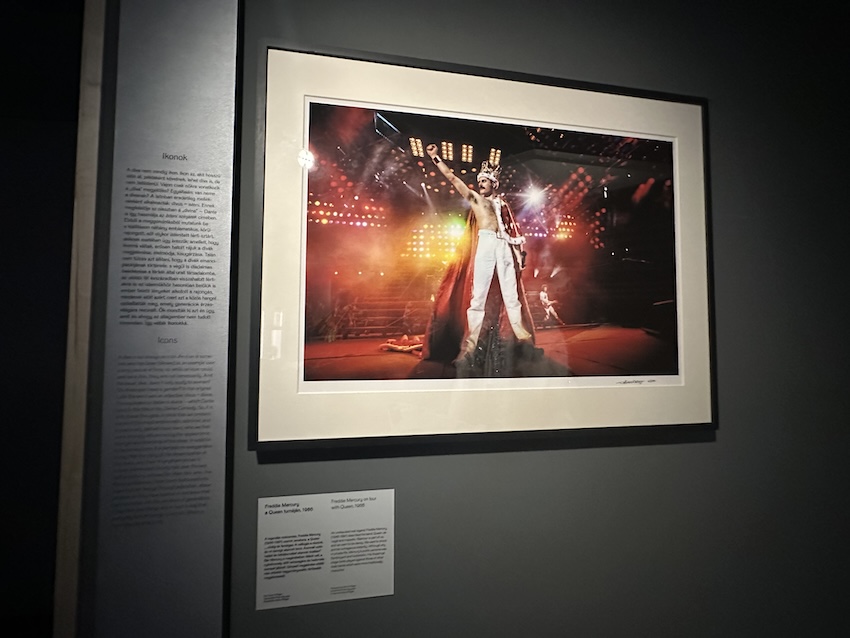
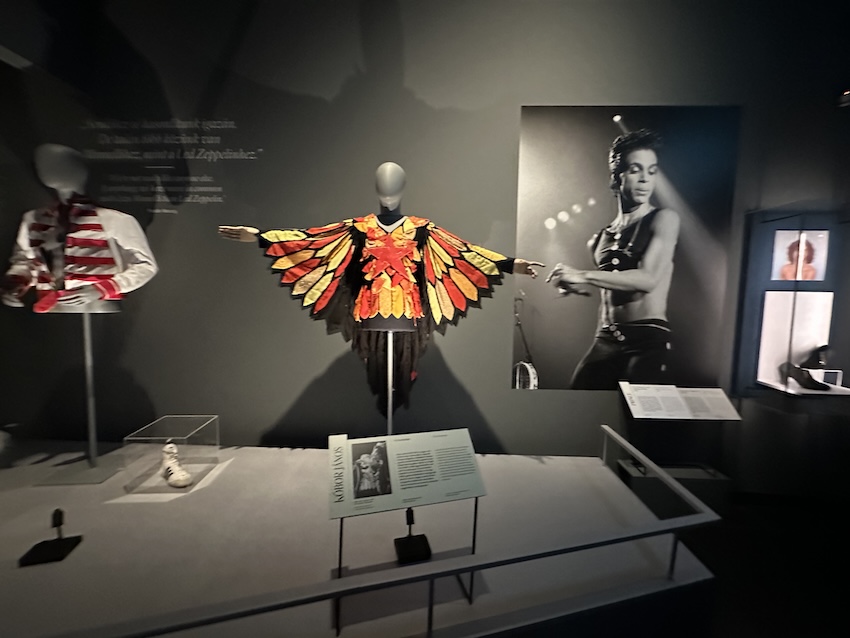
The exhibition showcases hundreds of objects from the V&A Museum’s collection, as well as pieces borrowed from around the world, encompassing design, costume, fashion, photography, music and film. Through these diverse items, we gain a comprehensive understanding of the diva phenomenon and its impact on both male and female performers.
Hungarian Divas and Icons
The original dramaturgy of Divas & Icons was enriched with the life stories of outstanding Hungarian artists, allowing Hungarian audiences to explore exciting parallels and contrasts in the history between international and domestic divas. For instance, Marlene Dietrich and Hungarian movie star Katalin Karády began their journeys in surprisingly similar situations but experienced vastly different fates. Dietrich, who demonstratively left her native Germany during World War II, achieved a huge international career. In contrast, Karády, remembered in Hungary as a war hero, was unable to build a career in America post-emigration, hindered by language barriers and Hungary’s isolation. This nuanced addition provides a deeper understanding of the divergent paths and challenges these artists faced.
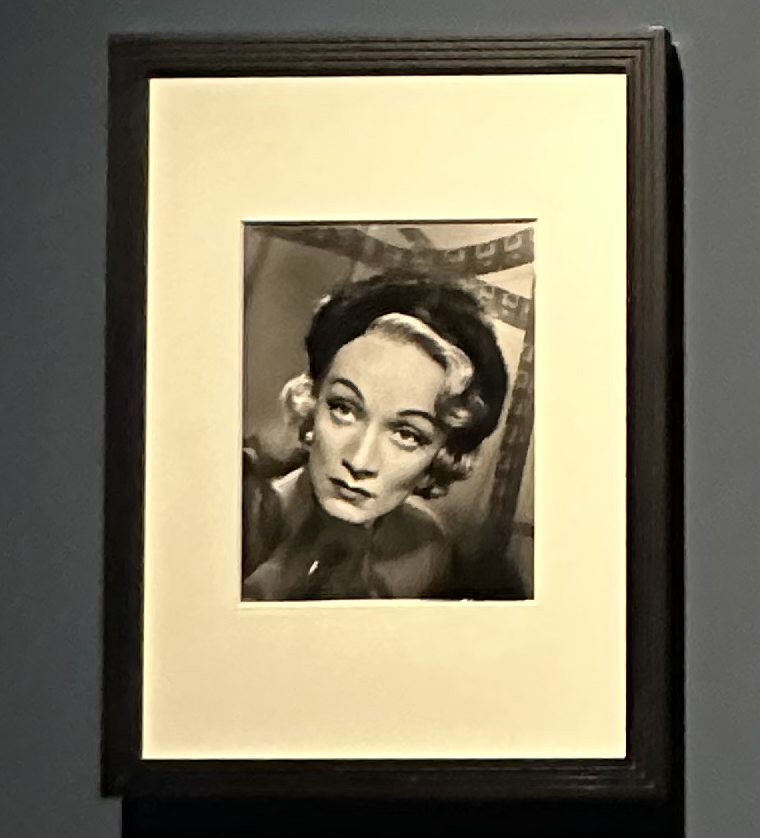
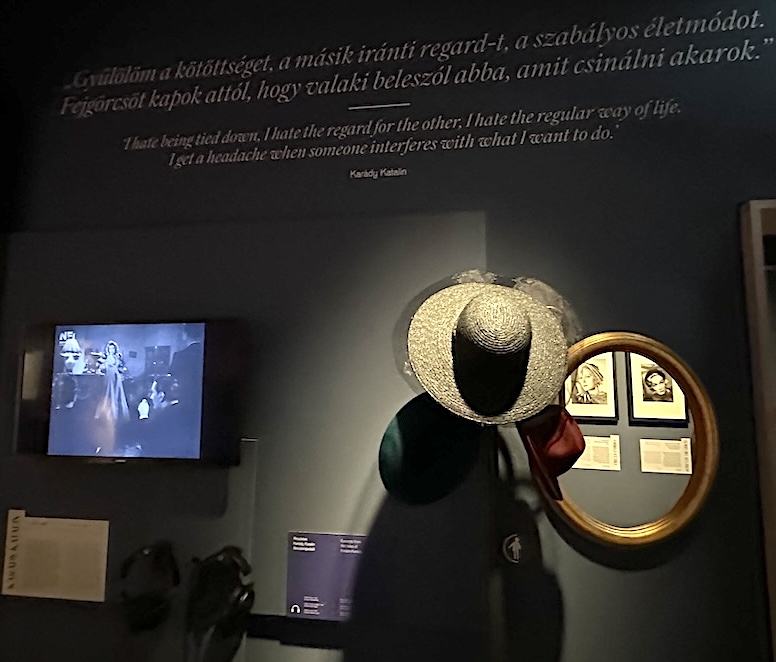
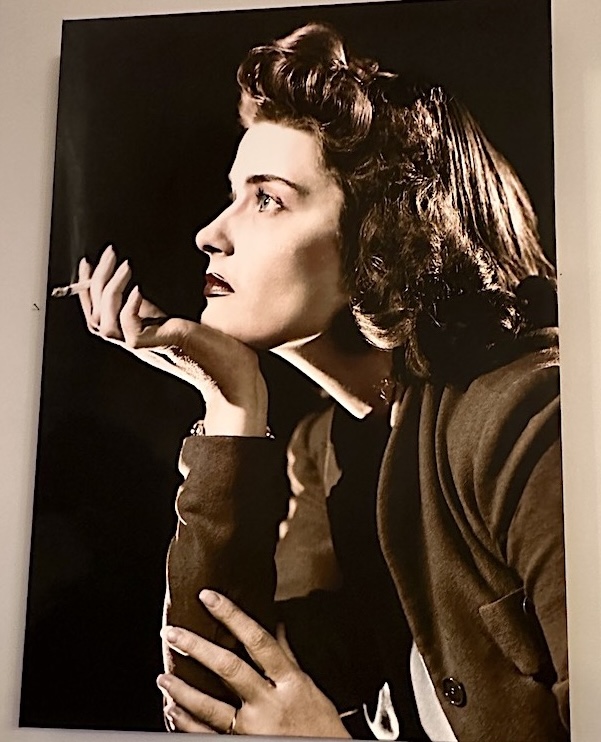
Visiting this exceptional exhibition was greatly appreciated by the Lady Ambassadors, as it allowed them to engage with the remarkable talents and stories of all these iconic figures. They found it to be an enriching experience, enhancing their time in Hungary.
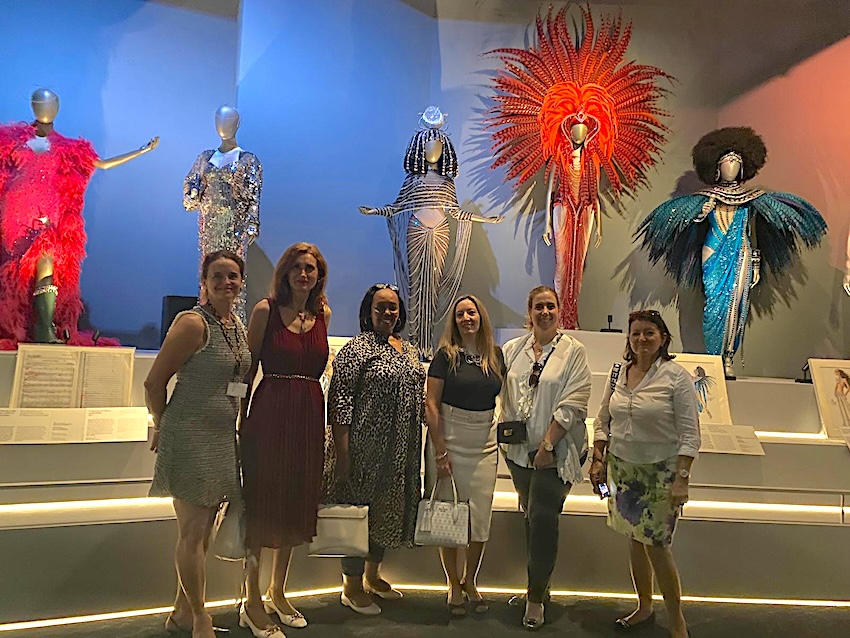
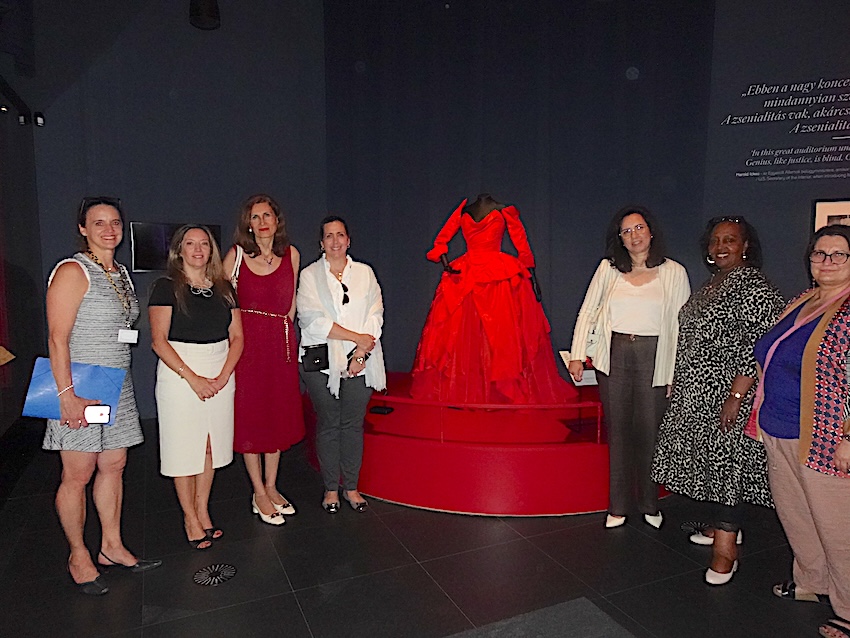
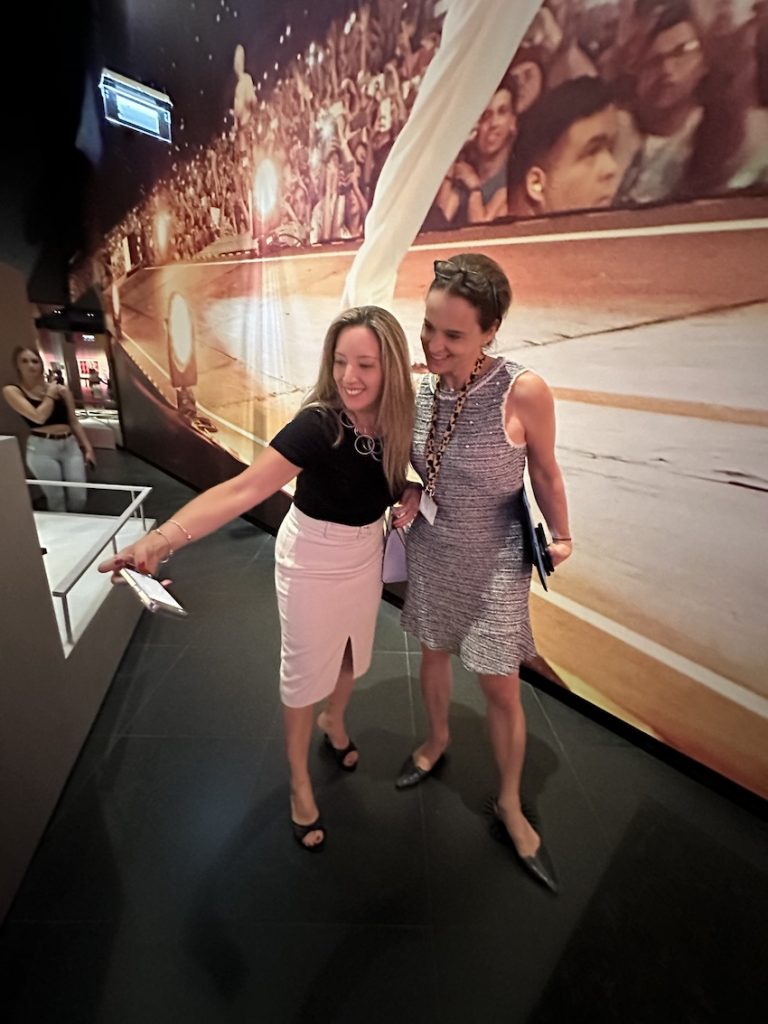
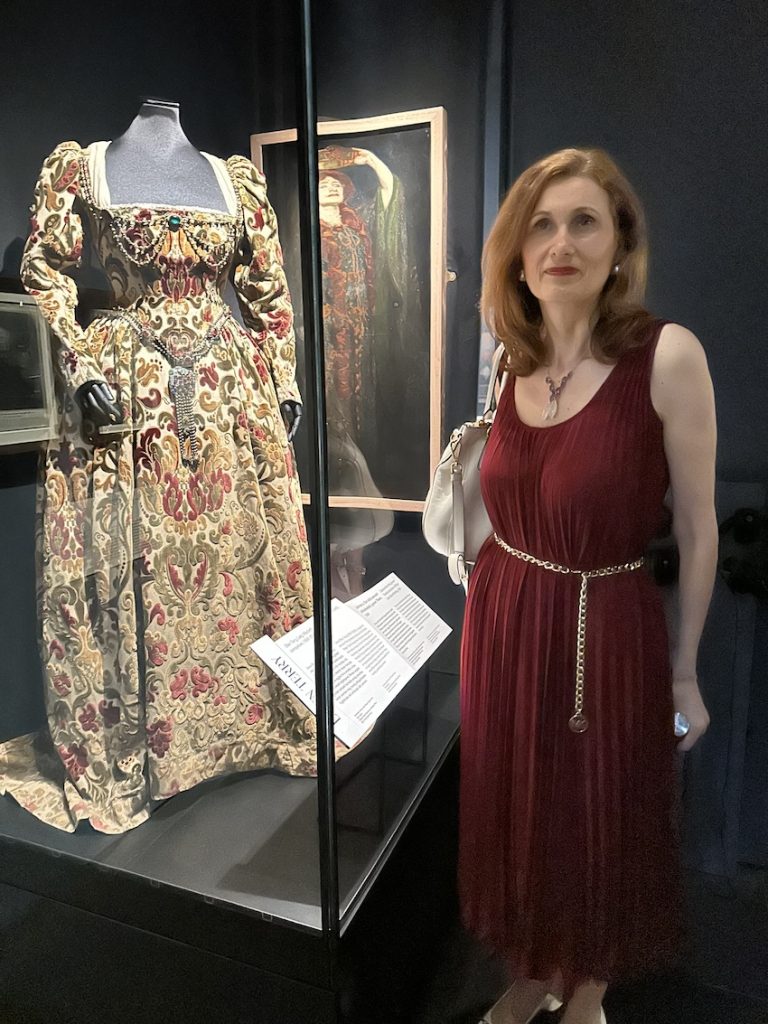

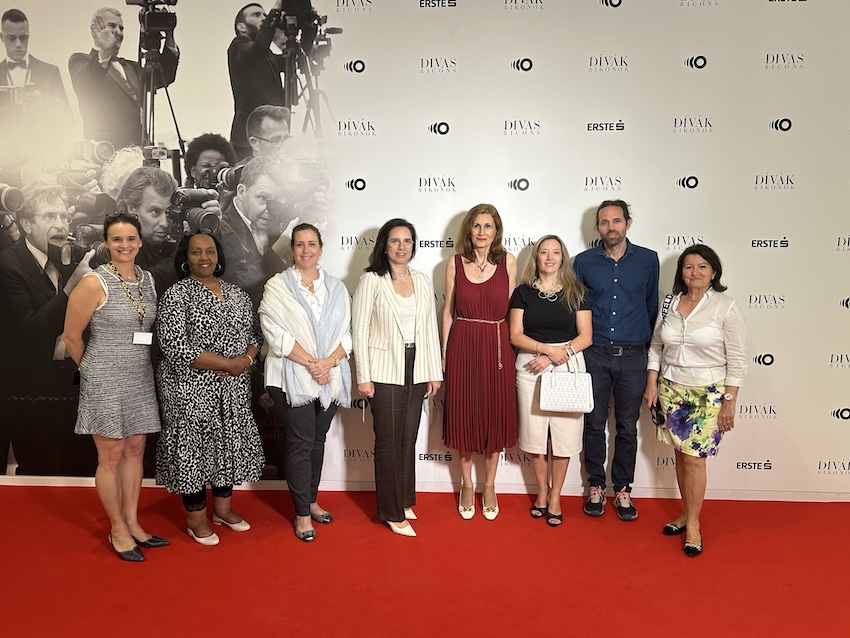
Since its opening, The Divas & Icons exhibition has attracted numerous visitors with a variety of related programs. The exhibition continues to celebrate the divas with exciting performances, guided tours and other events, running until 15 September 2024.
Read more about the exhibition: https://zenehaza.hu/en/occasion/divas-icons
Source: House of Music Hungary, Coordinator Ms. Melinda Erdőháti – Exhibition Department of House of Music
Photos by the House of Music Hungary, György Palkó, and DPA





